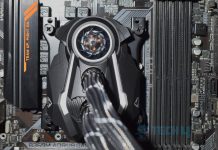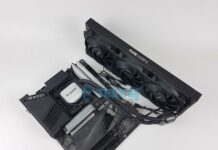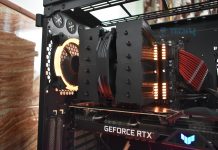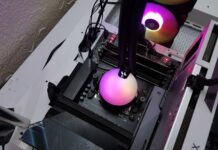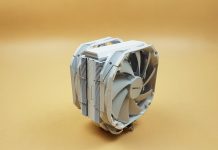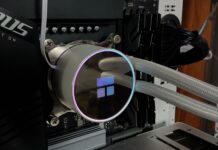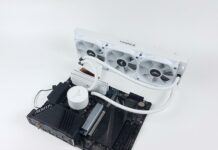Today, we will be taking a look at their Corsair LL120 RGB Review. The fans are available in a single fan pack with part no CO-9050071-WW for a 120mm fan, CO-9050073-WW for a 140mm fan, CO-9050074-WW for a 2 140mm fans pack with Lighting Node, and CO-9050072-WW for a 3 120mm fans pack with Lighting Node. We are reviewing 3 120mm fans pack with lighting node pro. LL120 is a 120mm addressable RGB LED fans.
Corsair LL120 RGB Review
These fans have dual loop concept. There are 4 RGB LEDs on the motor hub whereas there are 12 RGB LEDs on the outer ring. Together, these addressable RGB LEDs create some stunning visuals and really add that missing touch to your chassis lighting. Lighting Node enables these fans to be controlled via the Corsair Link software.
- Product: Corsair LL120 RGB Review
- Manufacturer: Corsair
- Price: Check Price on Amazon
LL120 RGB LED Fans Specifications
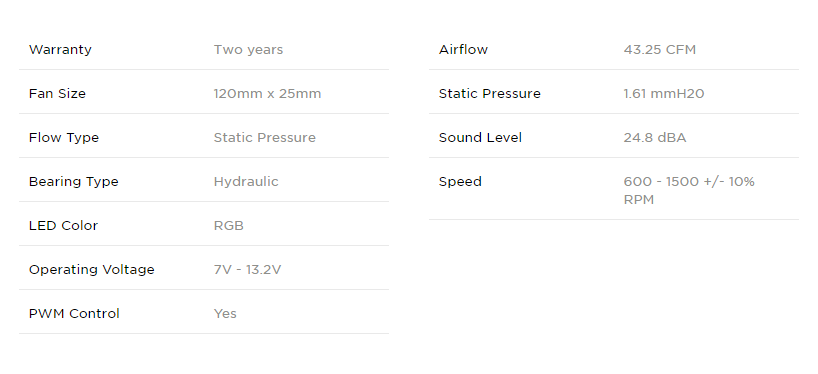
LL120 RGB LED Packaging and Unboxing
The fans come in Corsair typical yellow and black color packaging made of a cardboard box. I am fond of this design. The front side has a Corsair brand name and logo printed on the top left side. The box has three fans as indicated by the x3 on the top right side in the yellow color font. There is a picture of the fans in rainbow mode on the main section.
Corsair LL120 rgb review is printed under the picture on the right side. The product is compatible with Corsair Link. These fans are from LL RGB LED series. The dimension of the fans is 120x25mm with the maximum rated speed of 1500 RPM and 24.8 dBA sound level. Fans have PWM control to regulate their speed.

The backside has Corsair brand name and logo printed on the top left side. Corsair LL120 rgb review is printed on the top right side. There is a picture of the fan under the Corsair brand logo. Technical specifications of the fan are printed on the bottom left side. A sticker is pasted on the bottom right side with the EAN/UPC and serial no of the fan.
Fans are made in China. Salient features of the fan are printed in 6 different languages. Please, note that in order to have full functionality of these fans, you would need to have RGB LED Hub and Lighting Node Pro which are included in this pack. However, these are not included in the single fan packs.
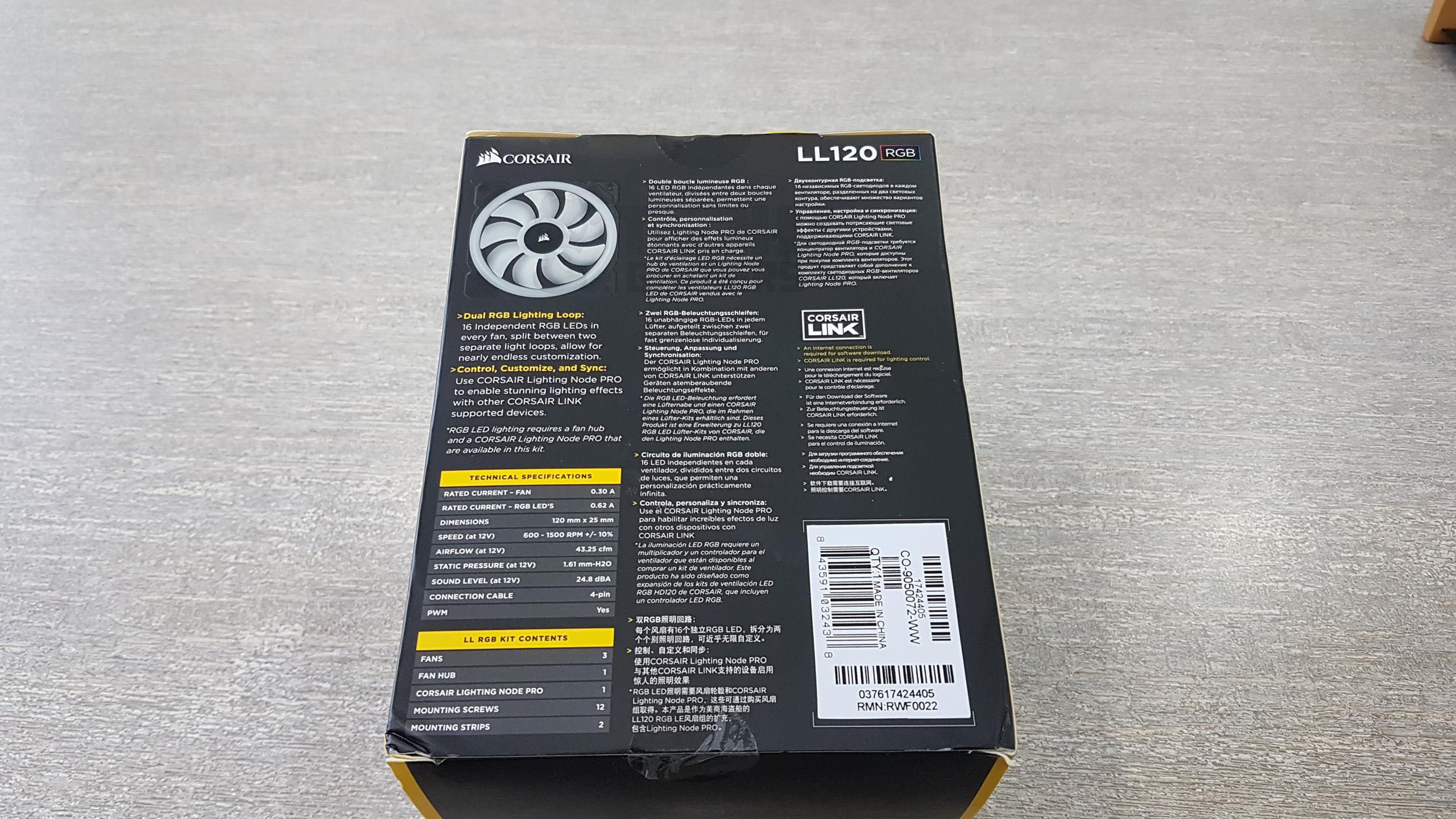
The left and the right sides have identical layout and design. The Corsair logo and brand name are printed on the top left side. Corsair LL120 rgb fan review LL RGB LED Series is printed in the middle. X3 fans and Corsair Link are printed on the bottom right side indicating that this pack has 3 fans inside and they are compatible with the Corsair Link.
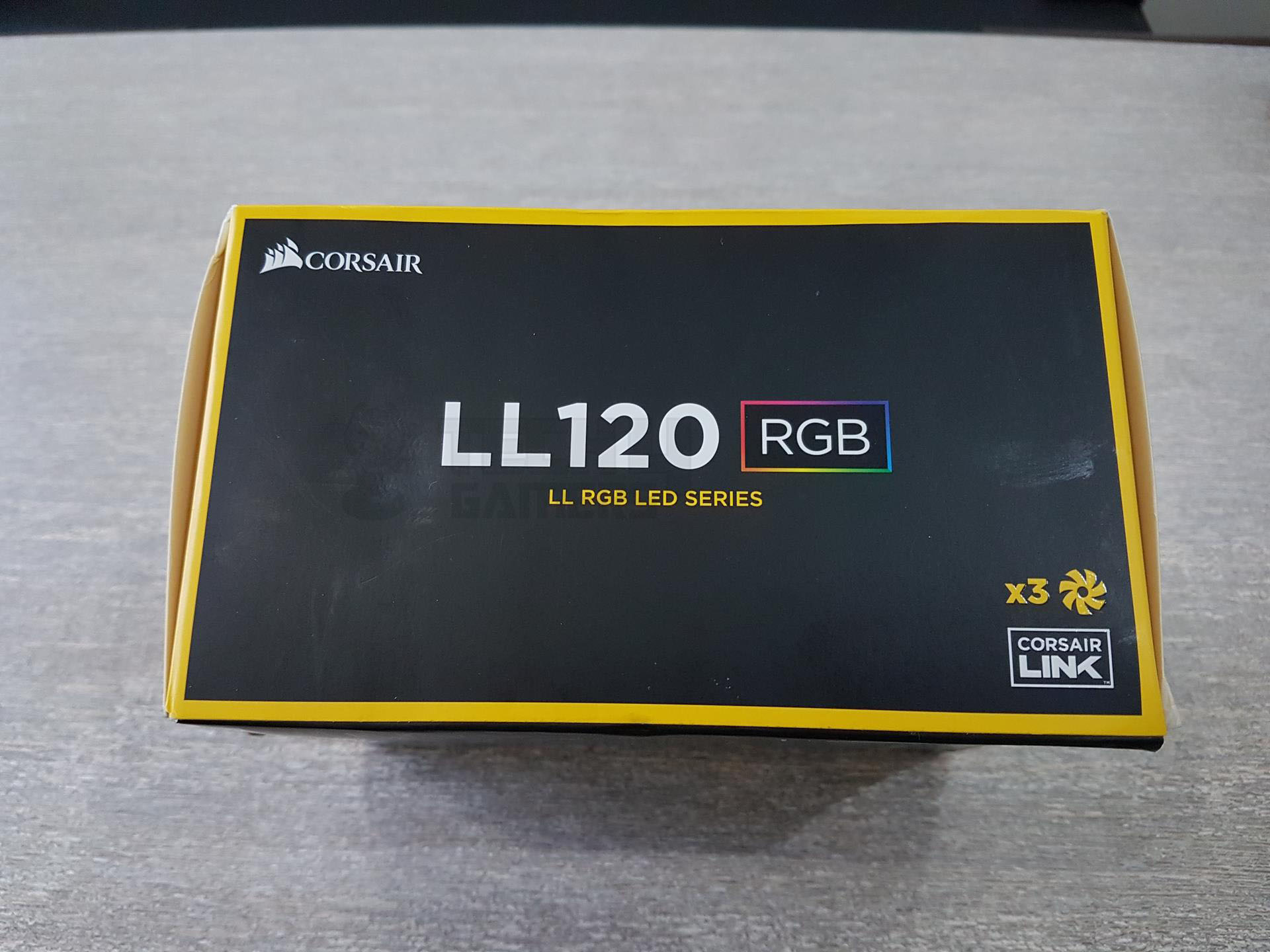
Fans have 2 years of warranty. Conformance to various specifications and certifications is printed on the bottom side. The top side of the packaging box has a simple design. Corsair brand name and logo are printed on the top left side. Corsair LL120 rgb review is printed on the top right side. This side has a seal on it. Similarly, the bottom side has a seal as well.
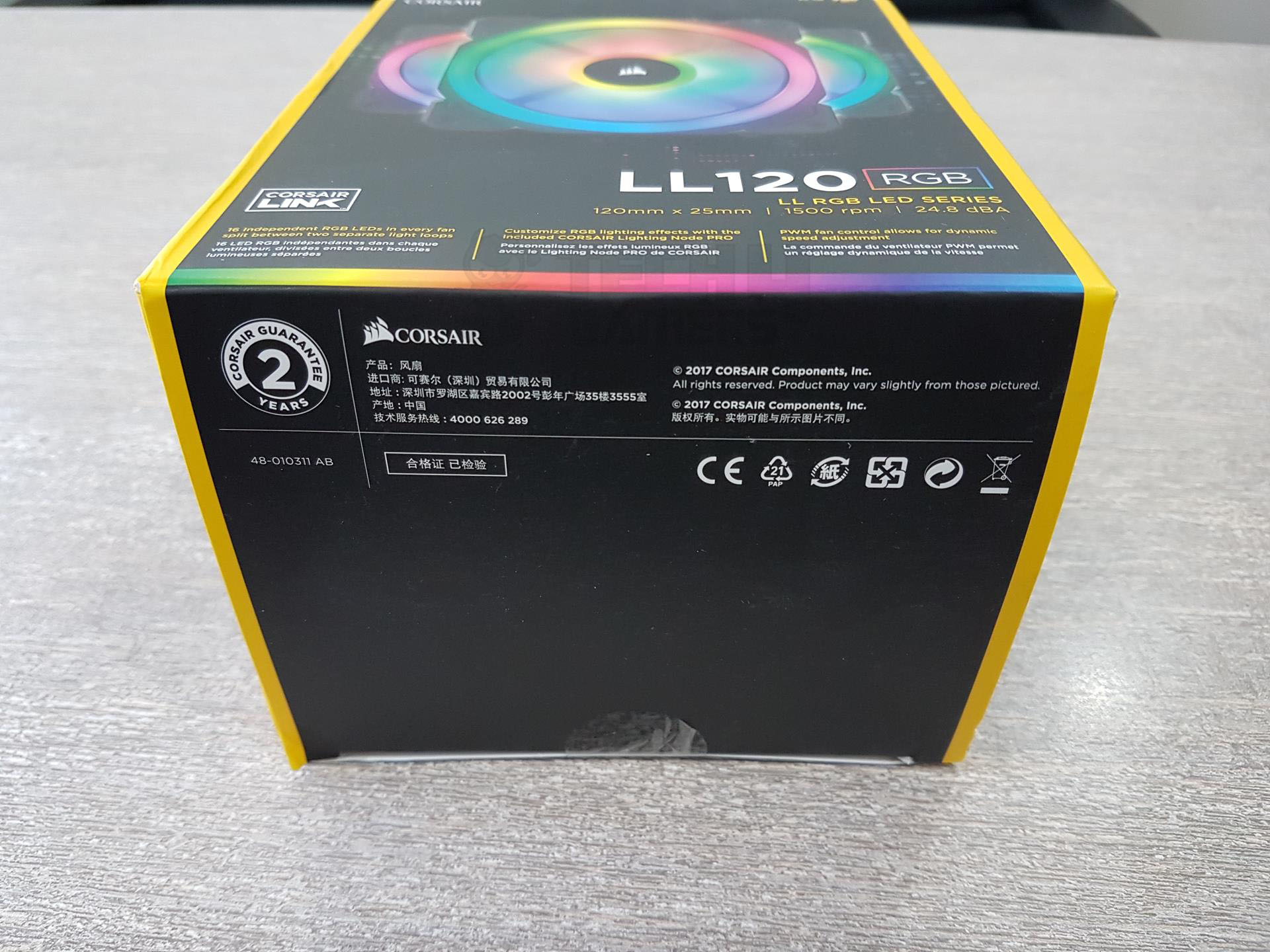
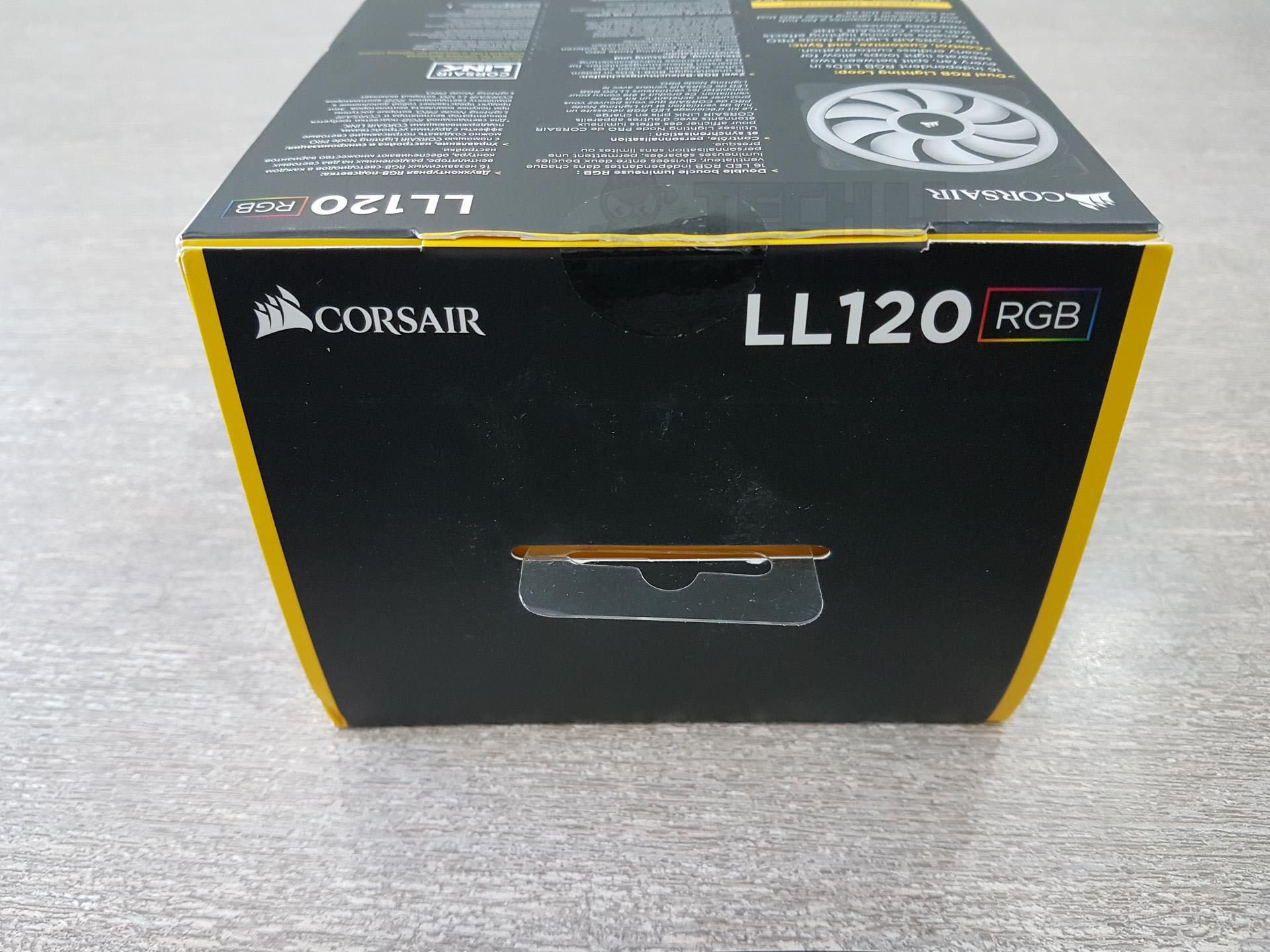
Opening the top cover would show a accessories box in yellow color placed on the top of the fans’ containers. Removing it will show the sliding side of the fan boxes. There are cutouts to easily pull these boxes out of the main packaging box.
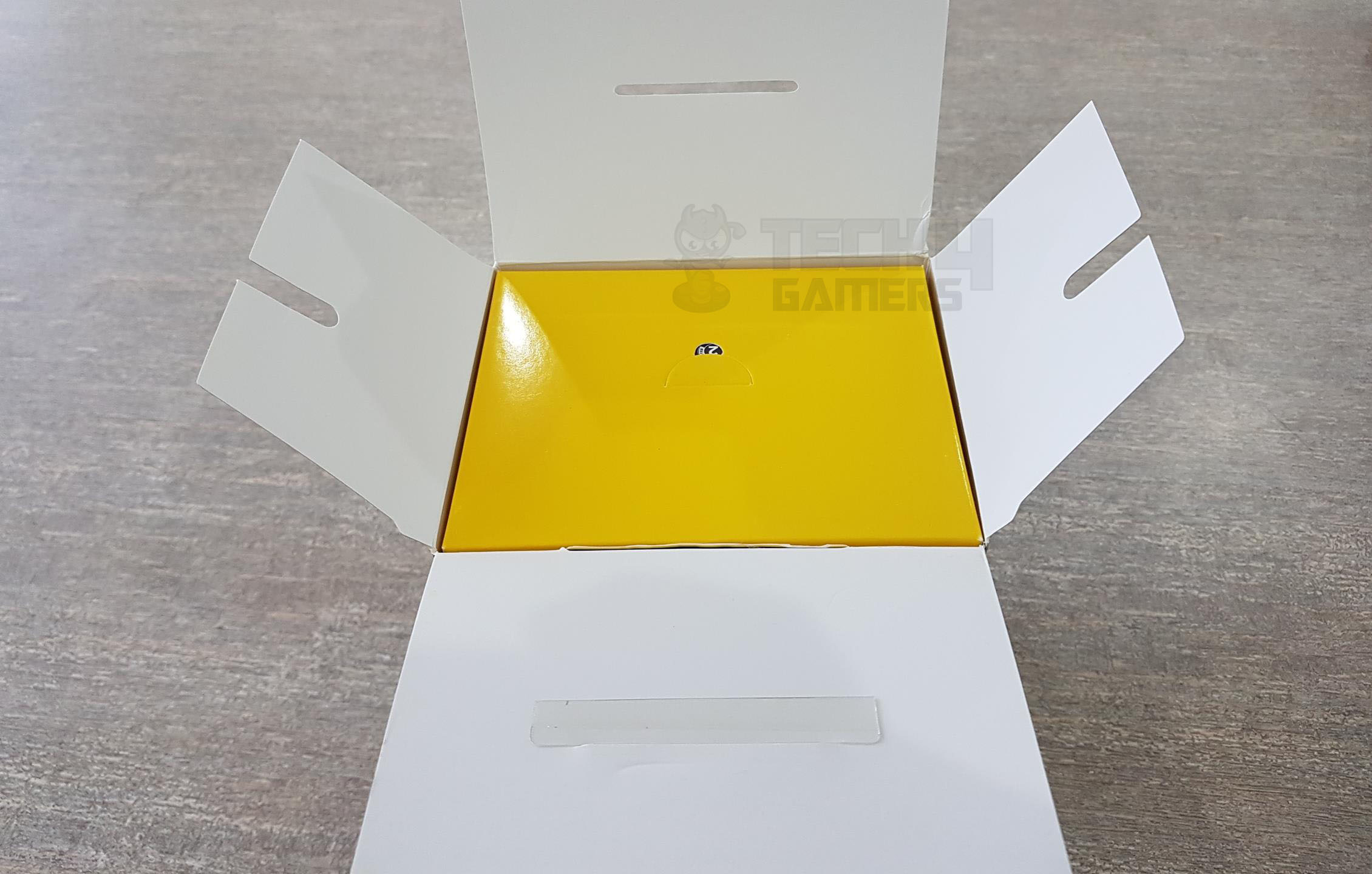
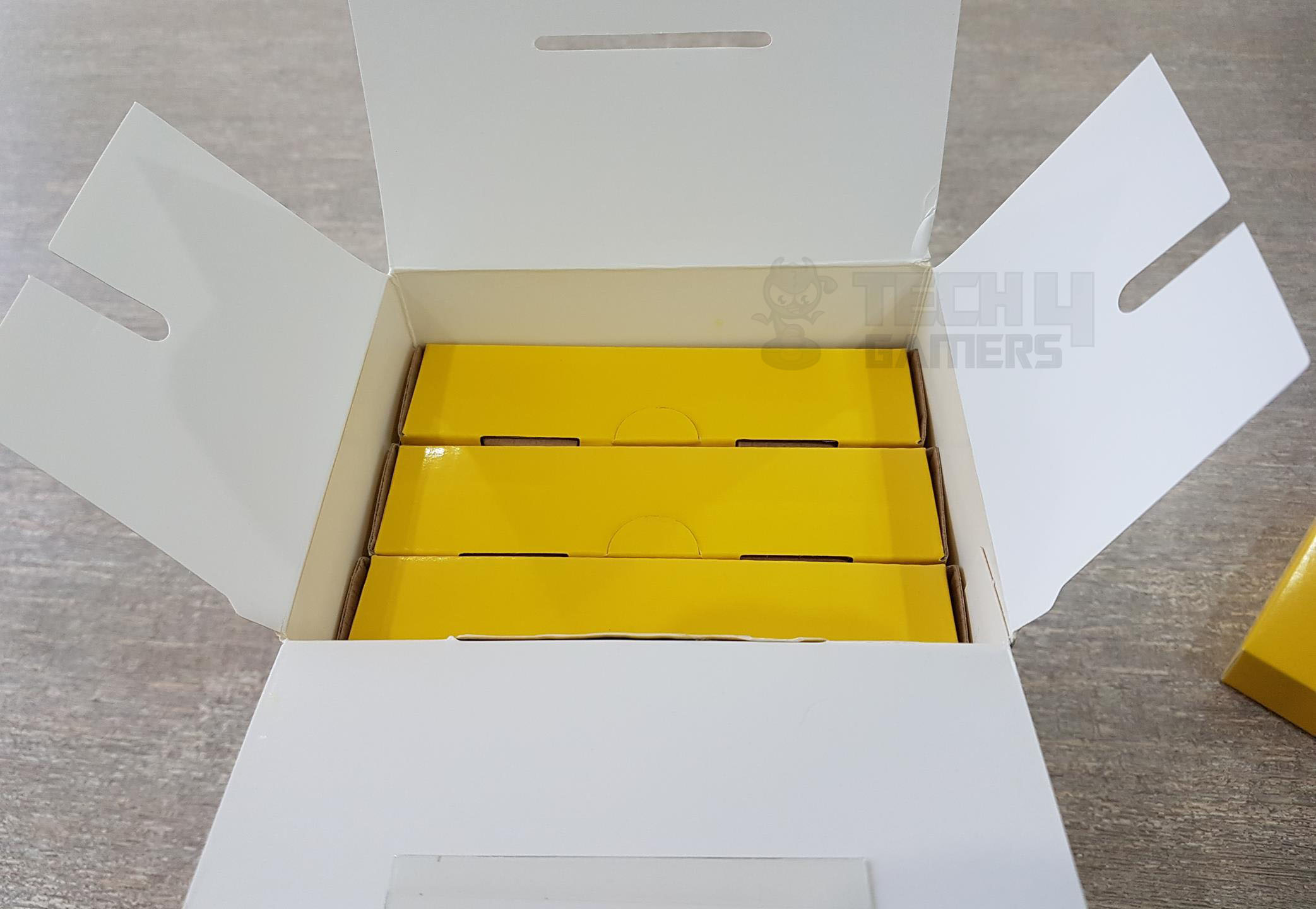
Corsair ll series Accessories
These include:
- x3 LL120 RGB 120mm Dual Light Loop RGB LED PWM Fans
- x1 RGB Lighting Hub
- x1 CORSAIR Lighting Node PRO
- x2 Mounting Strips for Lighting Node PRO
- x12 Fan Mounting Screws
- 1x Mini USB Cable
- 1x LL RGB LED fan hub adapter cable
- User Manual
- Warranty Guide
The accessories box is entirely in the yellow color. There is a seal on its opening side. Remove it to get to the accessories. The user guide is well designed and thorough though it does not give troubleshooting guide for the Lighting Node Pro. It is printed in multiple languages. Each fan is placed inside a container of yellow color. The cables are nicely wrapped and tucked underside the cover. This approach makes the fans in the spotlight without any cables in the way.
Corsair Loop RGB Closer Look
LL120 RGB 120mm Dual Light Loop RGB LED PWM Fans are the latest addition the RGB LED line up of the fans from the Corsair. They are available in single fan packs in two sizes of 120mm and 140mm. These packs don’t have Lighting Node Pro and RGB LED Hub which are required for the lighting effect and to be controlled by the software.
There is a two fans’ pack of size 140mm with the lighting node pro and a pack of 3 120mm fans with the lighting node pro. We are reviewing the 3 120mm fans pack. Let’s take a closer look at these fans and see what this new addition is all about.
The dimension of the fans is 120X120X25mm. Their airflow is rated at 43.25 CFM with the maximum sound level of 24.8 dBA at 12V. Their rated speed is 600 – 1500 ±10% RPM. Their operating voltage is 7V to 13.2V. They are featuring the hydraulic bearings with static pressure flow type. The static pressure rating on these is 1.61 mmH₂O.
They have 4-pin PWM connector for their speed regulation. The real magic is the presence of 16 addressable RGB LEDs on these fans. The rated current for the fan only is 0.30A whereas the rated voltage for the LED is 0.62A.
The fan blades and the outer ring are frosted. This helps in avoiding spill over and to have uniform lighting across the entire surface. These fans have 9 blades or rotors. Their surface area is a bit less than what we see on other fans and this is done to accommodate the outer loop or ring for additional lighting effects.
The motor hub has a 41mm diameter and there is a black color sticker pasted on its center with the Corsair brand logo printed. This sticker is not covering the entire motor hub which is understandable as there are 4 RGB LEDs located on this motor hub effectively forming what the Corsair is referring to inner lighting loop. There is an outer lighting loop surrounding the fan blades.
This loop has approximately 5mm of width from the fan’s frame. This outer lighting loop has smooth and rounded edges and a closer inspection would reveal that these are a tad above the fans’ frame. One arm on the backside of the fan has 4 wires cable routed towards the outer loop providing the power to the 12x addressable RGB LEDs on this loop.
Good thing is that these LEDs are taking input power separately from the fan’s own power. Hence, we have two cables coming out of each fan. One is the 4-pin PWM cable to power the fan’s rotor and the other is 4-pin LED cable that connects to the RGB LED Hub. The height of the outer loop inside the fan’s frame is 10mm whereas its total height is 11mm. There are latches on each corner of the fan, securing the outer loop on to the frame.
The fans have a black color frame. The mounting sides don’t have rubber paddings directly on them but the design approach is different to absorb the vibration noise. There are black color paddings that are placed between the mounting corners and the outer loop. These paddings have more height to them making sure that these will come in contact with the mounting surface.
There is a 111mm of space between the mounting holes and fans have standard 120mm mounting. The frame is a uni-body design. There are arrow markings indicating the airflow direction and the direction of the rotors’ spin. The side from where the cables are coming out has a serial no sticker pasted on it.
The backside of the fan has the 4-arm assembly in X layout holding and connecting the fan to the frame. There is a large size-sticker covering the motor area. Corsair’s brand logo is printed on the top. 12V DC 0.30A is printed in the middle. Part no of the fan is printed under the conformance to industry standards info. The fan is made in China.
The top left side axis has a path for the cables coming out of the hub and routed outside towards the fan’s frame. The top right axis has 4-pin cable routed towards the outer loop. The frame on the backside has stepped design. We can the rubber paddings placed right on the frame itself.
We can see that outer loop is not implemented across the entire height of the frame but less than half of it. Overall build quality is top notch and I did not observe any flex in the frame or the rotors. Both cables have approximately 598mm of length.
Let’s take a look at the RGB LED Hub. This Hub is not included in the single fan packs. If you have bought 3 fans pack and need more fans, you would be better off buying single fan packs as hub and lighting node pro are already included in the 3 fans pack. The RGB LED Hub has a dimension of 34X71X12mm. It has 6 ports or headers which are numbered from 1 to 6 in an order.
Corsair LL120 rgb fan review brand logo and name are printed in the white color font in the middle. There are certain lighting effects that take the order of the fans in consideration. So, pay due attention when connecting fans to the RGB LED Hub. Up to 6x LL RGB LED series fans can be connected to an RGB LED Hub. The hub has its dedicated SATA power cable that provides power to the Hub and the connected fans. The SATA power cable has a length of approximately 300mm.
The right side of the RGB LED Hub has a header/port for the LL RGB Series fan hub adapter cable. This cable is provided in the bundle and has a length of 485mm. Connect this cable to LED Channel 1 or 2 on the Lighting Node Pro and to the RGB LED Hub.
There is a large size double-sided 3M adhesive tape mounted on the backside of the RGB LED Hub. Once you have determined the position of the RGB LED Hub inside the chassis, peel off the protective covering and paste the RGB LED Hub to that location.
The Corsair Lighting Node Pro is a controller that allows the users to either connect up to 6 Corsair RGB Fans and/or a combination of the provided individually addressable RGB LED Strips and the RGB fans to control the lighting using the Corsair Link software, definitely a handy and much-desired feature.Software control allows true customization than the hardware-based controllers.
The controller itself is small size device in black color measuring 55mmX31mmX12mm. The top side has two LED headers labeled 1 and 2 with text LED written in between the labels. The labels are important, so pay attention to that as they appear in Corsair Link software by numbers. Each LED channel is a 3-pin header. The headers are implemented on the right side, not in the middle.
There is a Corsair logo embossed above the LED text. It does not light up in case you are wondering about that. There is a small pinhole above the Corsair logo. It is not needless at all rather has an important function which unfortunately was not mentioned in their user guide. There is a reset button inside this hole. Thankfully, Corsair adopted the smart approach and provided the users with the hardware level reset functionality removing the software dependency.
By the way, using software, you can’t reset the device. You would need a pin like a thumb pin etc to insert in this hole and press the button. You will get to feel the button pressing. In case you ever experience any issue with the device, resetting it would be helpful. There is another hidden functionality. Disconnect the SATA power of the device and unplug the USB cable as well.
Now, place a pin inside and while pressing the reset button, connect the USB cable only and you will see a new drive in the Windows Explorer or My Computer labeled CRP Disabled. It would have current firmware file on it. In case you are having trouble with updating the firmware using the Corsair Link software or wanted to go back to previous version or more stable version, you can do that manually by following the above steps.
Once the drive is accessed, make a backup of the current firmware and copy paste the downloaded firmware file in the drive. You can download the firmware file from the Corsair Forums section on Lighting node pro.
The backside of the device has a sticker pasted on it. The Corsair brand name and logo are printed on the top left side. Part/Serial No of the device is printed under the brand name. The device is made in China. The rear side has a mini USB port or header on the left side whereas the SATA power cable is coming out of the device from its right side.
The SATA power cable has 440mm of the length. There is no connectivity option on the left and right sides of the device. The unit draws 4.5V to 5.5V input power. The Corsair has provided two double-sided mounting tapes so that user can easily install the device inside the chassis in a proper and secure manner.
I would take this opportunity and would address one misconception about this mini USB. The standard implementation on these devices is that they can only be connected using the onboard USB 2.0 headers and many peeps would find themselves in the situation of lacking or not having many USB 2.0 headers on the motherboard.
Many would take this implementation for granted which is not the case as you just need a USB header to access the functionality. You can connect the mini USB cable with the other end having regular USB cable connector (not provided) with the device, though you would have to figure out on how to route the cable from behind the chassis and connect it to the USB header on the motherboard’s rear IO panel.
Corsair has provided a mini USB cable. It is following the USB 2.0 protocol and it can be connected to the spare USB 2.0 header of the motherboard. It has a length of 375mm. Its mini end is connected to the device and the other end with 9 pins is connected to the USB 2.0 headers of the motherboard.

Setting up the device is easy and straightforward. Connect the LL series fans to the RGB LED Hub making sure that fans are connected in an order. Using random ports/headers will not light up the fans. Connect the RGB LED Hub’s SATA cable to the power cable from the PSU. Connect the Lighting node Pro and the RGB LED Hub using the adapter cable provided for this purpose.
Use either of the LED Channel 1 or 2 on the Lighting Node Pro. Connect the SATA cable of the Lighting Node Pro to the power cable from the PSU. Connect the mini USB cable to the Lighting Node pro and 9-pin format cable to the onboard USB 2.0 header of the motherboard. Download the latest version of the Corsair Link from the Corsair website and install it.
You may have to restart the PC as well. There is only one caveat to all this functionality, dealing with so many cables at a time and they would require you to be good at accepting this challenge if you are a cable management freak.
Lighting Effect
The addressable RGB Lighting is what the Lighting Node Pro RGB is all about by offering to control the lighting aspect of the software. The Corsair LL series of RGB LED fans have truly revolutionized the RGB LED Lighting by taking the ring or loop concept to a next level by introducing two loops or rings to create stunning and beautiful effects that could light up your chassis in a vivid manner.
I set up the fans on the Alphacool Eisbaer 360 on my test bench. Installation was a breeze. The lighting effect on the addressable RGB LED Strips is subtle, vivid and not overly done. Here is a demo video that I have prepared for you eye pleasure. It is not doing the justice but still will give you a hint of what the LL RGB LED series fans can do for you. Following modes are available for the lighting:
- Rainbow Wave
- Rainbow
- Color Shift
- Color Cycle
- Color Pulse
- Static
- Temperature
- Visor
- Marquee
- Blink
- Sequential (Channel Effect)
- Arc
- Heartbeat
- Pong (Channel Effect)
Some of these effects would require your RGB LED fans to be connected in a proper order, for example, the top fan on the cooler in our case is connected to the port 1 of the RGB LED hub. The middle fan is connected to the port 2 of the RGB hub and the bottom fan is connected to the port 3. Effects like Visor, Marquee, Sequential would take this order in consideration and light flow will be in that order.
Corsair RGB LED Software
The Lighting Node Pro RGB brings the lighting control functionality at few of your mouse clicks. The functionality has been built right into their popular Link software. Thankfully, no separate software was introduced for this purpose and Corsair has my praise for letting the users control every aspect of their Corsair RGB LED Fans through one interface.
Once you have properly setup the device and installed the Corsair LL120 rgb fan review Link version 4.9.0 or later, you will see the Lighting Node Pro on the main page of the software. We can see three Fans in our case.
Click on the Configure button to bring the main window for controlling all the aspects of the connected devices. The user would have to select the correct device for each channel first. Click on the list located on the right side of the LED Channel # 1 and 2. In our case, the Corsair LL120 rgb fans review are connected on the Channel 2. Next, you will have to click on the + button add the correct no of connected fans per channel.
We have to click at + two times to make the count to the three. Once it is done, you are all set to configure the lighting effect. The brightness of the connected devices can be controlled using the slider against each channel. Click on any fan and you will get to see the lighting modes at the bottom section. Click on the list to see all the available color modes.
By default, the selected mode will be applicable on the currently selected fan. If you want to have the same effect on all the fans, click at Copy To button and select the devices that you would like to have the same effect. Some effects have further control options like the direction of light flow, the speed of the effect and selecting between two colors or random color cycling.
The Temperature effect would let the user decide from the plethora of temperature sensors from the motherboard and would let to create up to three brackets for the temperature control, each with different static color as a visual aid to the user. It could be helpful during summer season or overclocking session.
The user can click on the color to open the color palette and virtually one can select or make a combination of 16.8 Million colors. Three modes namely Arc, Heartbeat and Pong are specifically designed for the LL series of RGB LED fans. In Heartbeat mode, we can select the direction from either Outer to Inner loop or vice versa. In Arc, we can take full control of the loops and set individual colors for both loops.
Click on the Options button menu of the Corsair Link software and click on the Devices. It will pop up a new window with the connected devices. Select Lighting Node Pro and click on Check for Updates. If the new firmware version is available, it will update the firmware after downloading it.
There is a Force Update option which is handy if the last update leaves the device in ever updating mode and could not come out of it. The user can download the firmware file from the internet and use the Force Update method to update to the given firmware.
Testing
We have tested the Corsair LL120 rgb fan review LED Fans on the Alphacool Eisbaer 360 which is a 360mm CLC. It is a standard on our test bench that we check the fans for the thermal performance even if they are rated for high airflow than static pressure ones. The other fans in the graph are Eiswind 12 from Alphacool, Corsair HD120 RGB Fans, and Noiseblocker fans.
The Eiswind 12 fans operate on the 12V DC. They are 4-Pin PWM fans with the rated speed of the 55-1700 RPM with ±10%. Airflow rating is 63.85 CFM with the static pressure rating of the 1.66mmH₂O. Sound rating is 29 dBA per fan.
Airflow Testing
We test the airflow of the fan without any resistant to the flow i.e there is no radiator or mesh between the fan and the PerfectPrime WD9819 Anemometer. The rated airflow value is 43.25 CFM at full speed. In our testing, the airflow value comes to the 58.75 CFM.
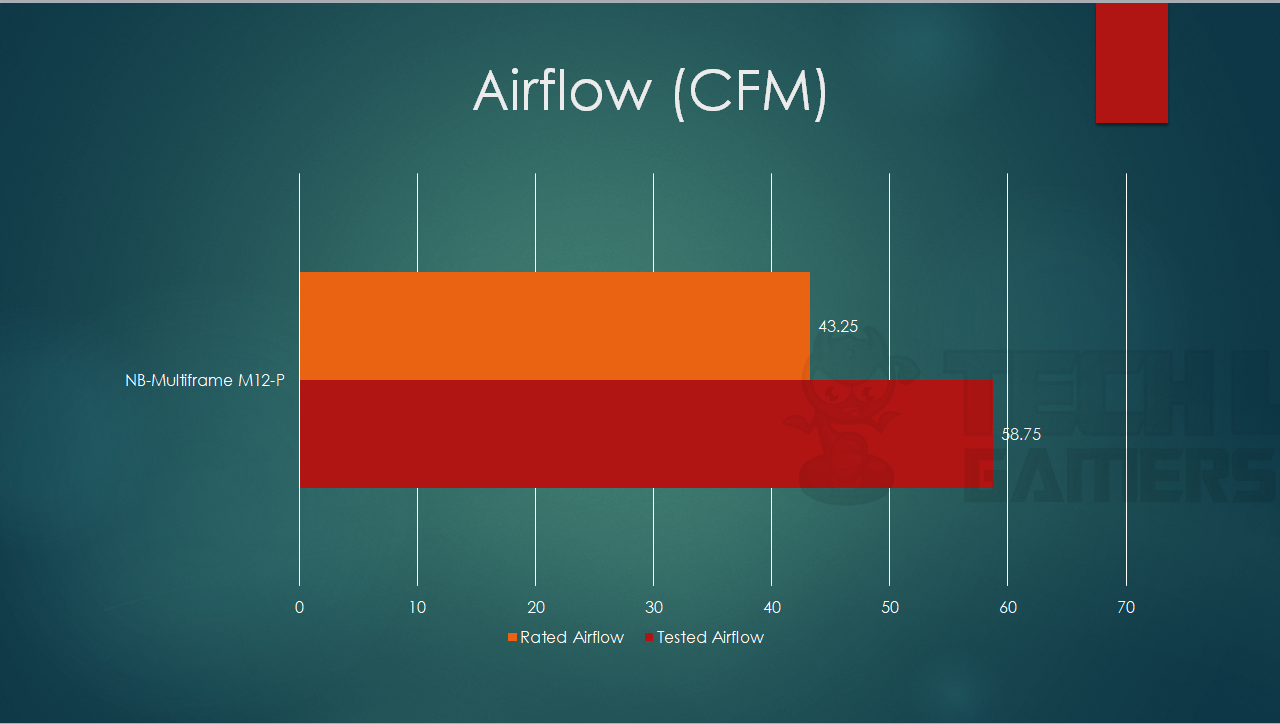
PWM Range
Next up, is the PWM range of the fan and the corresponding airflow values.

600 is the lowest RPM achieved on these fans. The maximum speed of the fan comes to 1590 RPM. Rated speed range is 600-1500 RPM with ±10%. The speed of the fans is validated. The fan stops spinning below 4.5V and starts spinning at 4.5V.
Thermal Testing
Thermal performance of the fan was tested on this test bench:
- Intel i7 6850k
- Asus Rampage V Edition 10
- Ballistix Elite 4x4GB @ 3000MHz
- Alphacool Eisbaer 360
- Samsung 840 EVO 250GB
- Corsair AX 1200i
Testing was performed on the Microsoft Windows 10 x64 Professional edition build version 1709. Noctua NT-H1 thermal paste was used. The fans were put on 50% and 100% of their speed. The pump of the CLC was put on 100% of the speed. Asus RealBench v1.44 was used to stress test the CPU. RealTemp was used to monitor the temperatures.
First, the stress test was run on the stock clocks of 3.6GHz with a turbo boost of 38GHz and Turbo Boost II of 4.0GHz at 1.16V VCore. XMP was loaded all the times. Reported temps are delta ones which are calculated by subtracting the average of each core’s maximum temps from the ambient temp. The benefit of using delta temps is that it covers the variation in the temperatures under uncontrolled environment.
Next, the Chip is overclocked to 4.3GHz at 1.350V VCore. XMP is loaded as well. The stress test is run again using the same methodology as described above and delta temps are noted.
Here are the results.
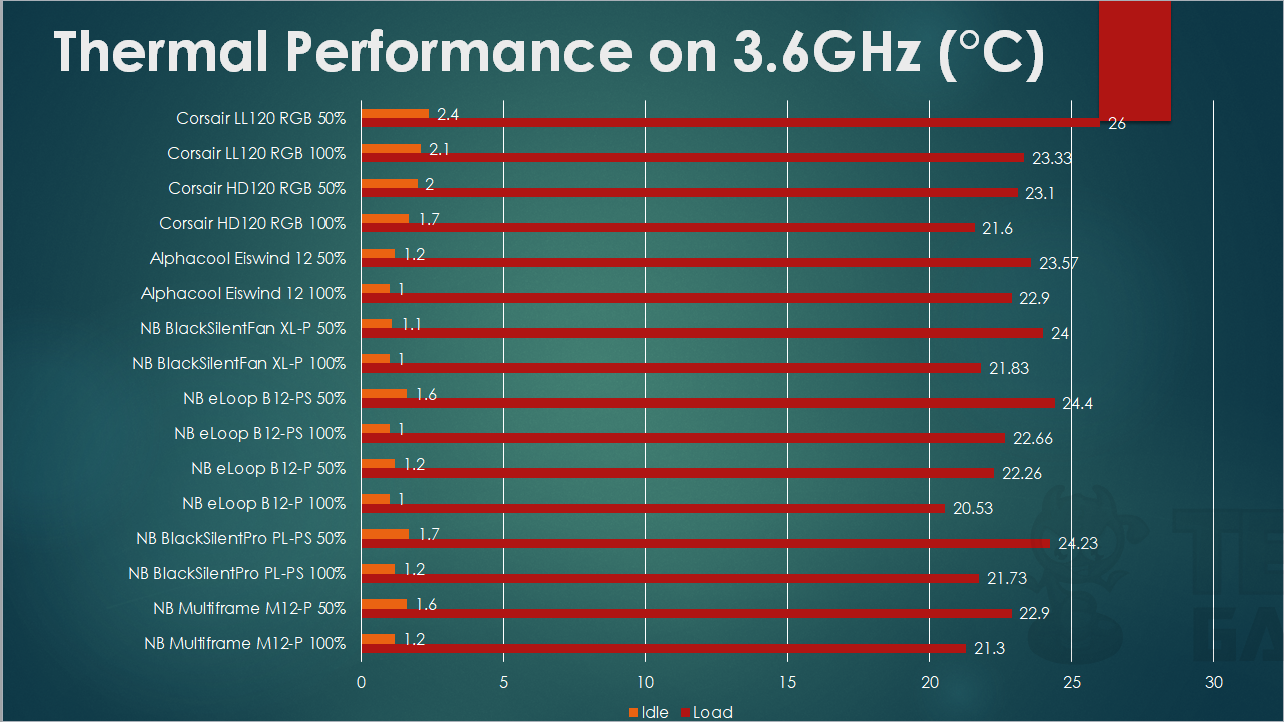
To compare these fans with other RGB fans, we have included the Corsair HD120 RGB fans. Mind you, HD120 RGB fans have better airflow and static pressure ratings as compared to the LL120 RGB fans. At 50% of the speed the LL120 RGB fans were trailing behind the HD120 RGB fans with the margin of 2.9°C. At 100% speed, there was a difference of 1.73°C.
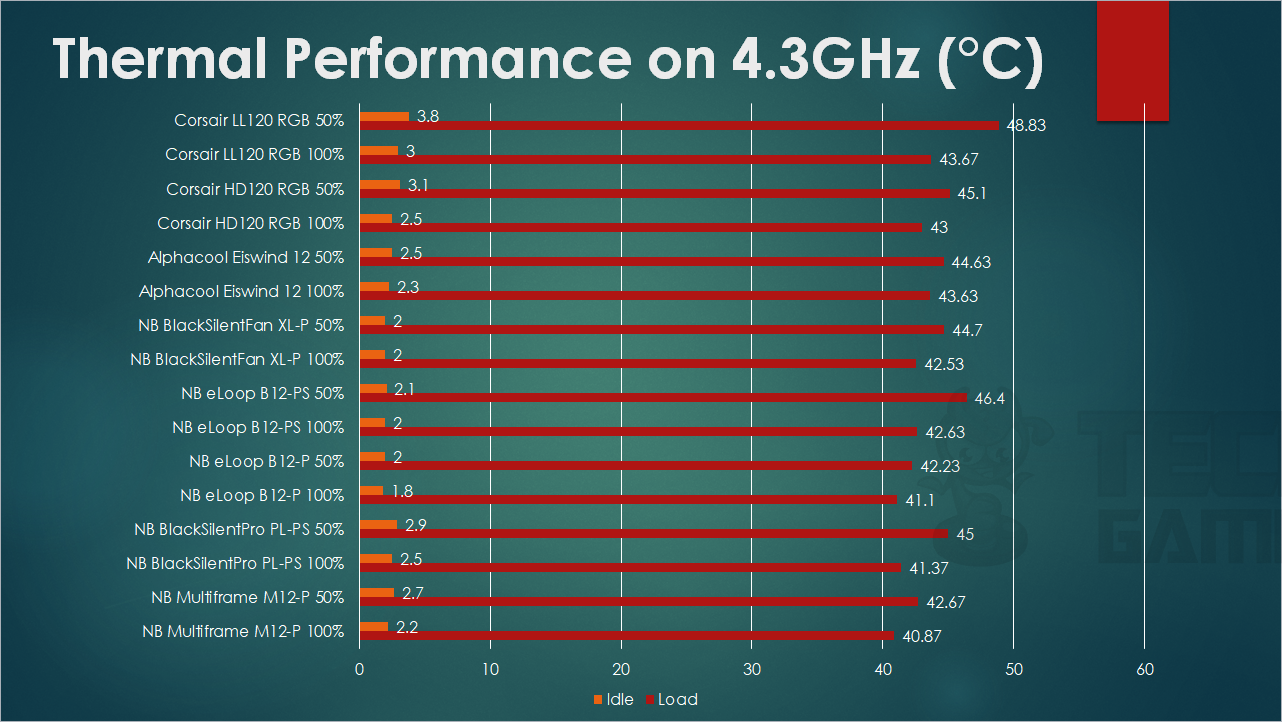
Next, we overclocked the i7 6850k to the 4.3GHz. On 50% the LL1209 RGB fans were again trailing behind the HD120 RGB fans with the difference of 3.73°C. At 100% of the speed, the difference was only 0.63°C which is negligible. This is a shocking result for these results at full load.
Acoustics
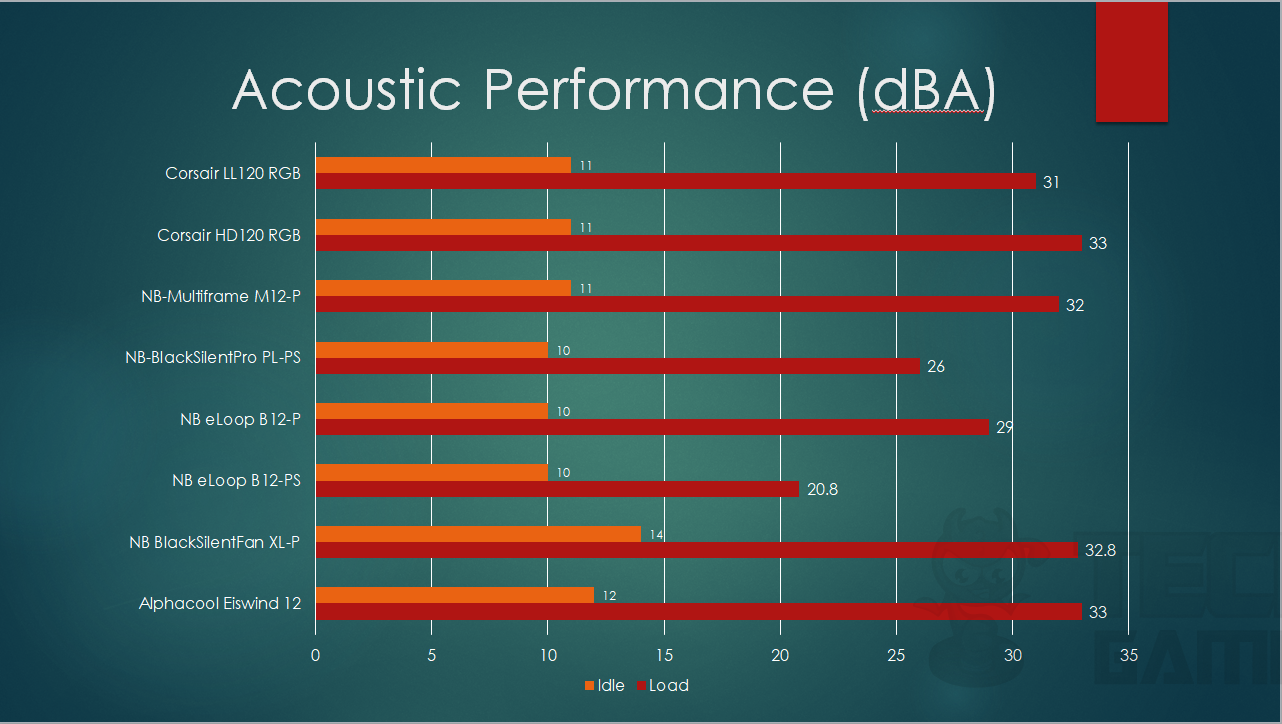
31 dBA was the reading on our Fonseo Digital Sound Meter at full load and 100% speed.
Conclusion
LL120 RGB 120mm Dual Light Loop RGB LED PWM Fans are the latest addition the RGB LED line up of the fans from the Corsair. They are available in single fan packs in two sizes of 120mm and 140mm. These packs don’t have Lighting Node Pro and RGB LED Hub which are required for the lighting effect and to be controlled by the software.
There is a two fans pack of size 140mm with the lighting node pro and a pack of 3 120mm fans with the lighting node pro. We have reviewed the pack of 3x 120mm RGB LED fans. The dimension of the fans is 120X120X25mm. Their airflow is rated at 43.25 CFM with the maximum sound level of 24.8 dBA at 12V. Their rated speed is 600 – 1500 ±10% RPM. Their operating voltage is 7V to 13.2V.
They are featuring the hydraulic bearings with static pressure flow type. The static pressure rating on these is 1.61 mmH₂O. They have 4-pin PWM connector for their speed regulation. The real magic is the presence of 16 addressable RGB LEDs on these fans. The rated current for the fan only is 0.30A whereas the rated voltage for the LED is 0.62A.
The fan blades and the outer ring are frosted. This helps in avoiding spill over and to have uniform lighting across the entire surface. These fans have 9 blades or rotors. The fans have a black color frame. There are black color paddings that are placed between the mounting corners and the outer loop. These paddings have more height to them making sure that these will come in contact with the mounting surface.
There is a 111mm of space between the mounting holes and fans have standard 120mm mounting. Now coming to a real design element on these fans and that is the dual lighting loops. The concept is not new though they have taken it to the next level. There are many RGB fans in the market that have ring design to them like many of Aigo’s fans and Raijintek’s Iris 12 RGB Rainbow fans.
But we have yet to see the software control for these fans. What Corsair has done here is to introduce dual rings instead of two and letting the users create some stunning looks using the Corsair Link software. The inner loop is around the motor hub of the fan and it has 4 RGB LEDs whereas the outer loop has 12 addressable RGB LEDs on it making the total count to 16 RGB LEDs on these LL fans.
The visuals are quite stunning and vivid and there is no spill over as the lighting is uniform across the entire surface. Corsair definitely has done some magic to these fans.
To control the lighting effect, the user must first have to connect these fans to the RGB LED Hub which has been provided with this pack. The RGB LED Hub has 6 headers/ports that are numbered from 1 to 6. User has to connect the fans in the order starting from the port number 1 otherwise lighting won’t work.
This hub has dedicated SATA power cable which is powering the hub and the connected fans. This hub needs to be connected to the included Lighting Node Pro using the adapter cable provided for this purpose. The lighting Node Pro has two channels which are labeled as LED 1 and 2. User can connect up to six Corsair RGB Fans and/or RGB LED strips (not included with these fans) and control all the connected RGB LED enabled devices using the Corsair Link software. We have reviewed the Corsair Lighting Node Pro earlier.
Corsair is providing 2 years of warranty on these fans. This is the same length of the warranty that we have seen on their Lighting Node Pro. These fans are rated at $119.99 at the time of the review. This is a premium price but this is yet another premium product from the Corsair and the fact that Lighting Node Pro is included in the pack makes this package a winner.
These fans are best suited as case fans as in my testing they were not performing that well as compared to the Corsair’s own HD120 RGB fans though there was one exception that with overclocked chip under full load there was a marginal difference.
Thank you! Please share your positive feedback. 🔋
How could we improve this post? Please Help us. 😔
[Hardware Reviewer & Editor]
Meet Nauman Siddique, a highly experienced computer science graduate with more than 15 years of knowledge in technology. Nauman is an expert in the field known for his deep understanding of computer hardware.
As a tech tester, insightful reviewer, and skilled hardware editor, Nauman carefully breaks down important parts like motherboards, graphics cards, processors, PC cases, CPU coolers, and more.
- 15+ years of PC Building Experience
- 10+ years of first-hand knowledge of technology
- 7+ years of doing in-depth testing of PC Hardware
- A motivated individual with a keen interest in tech testing from multiple angles.
- I majored in Computer Science with a Masters in Marketing
- Previously worked at eXputer, EnosTech, and Appuals.
Get In Touch: [email protected]


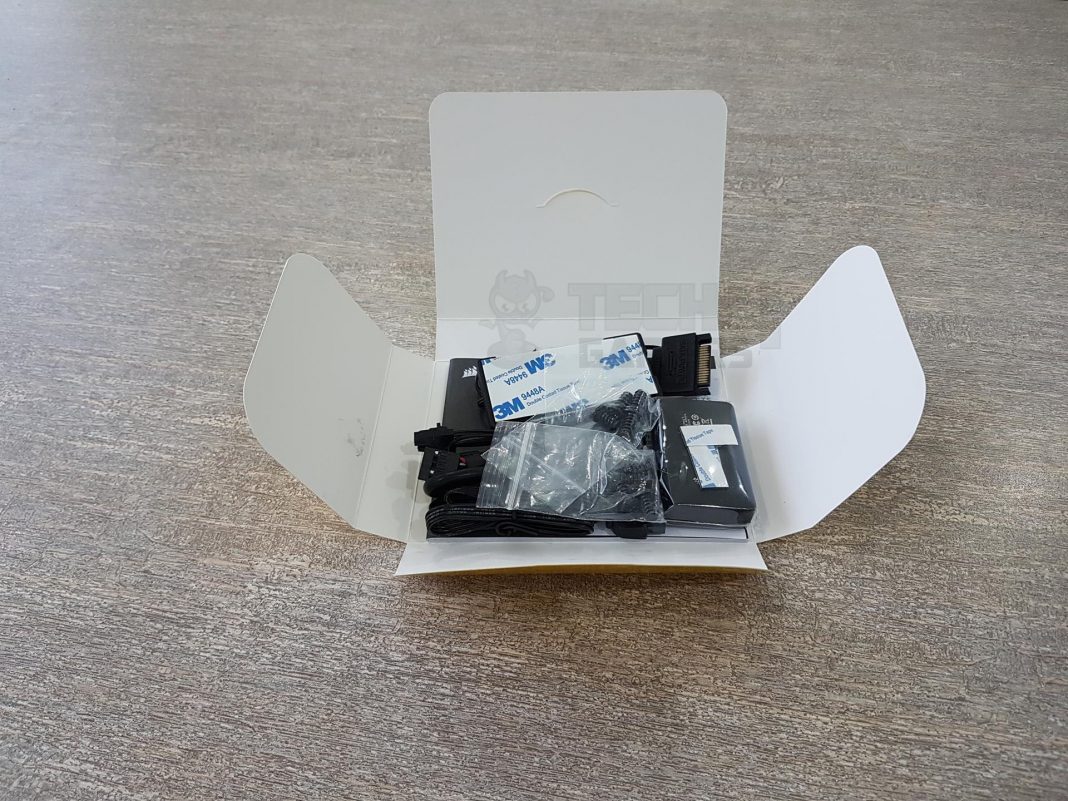
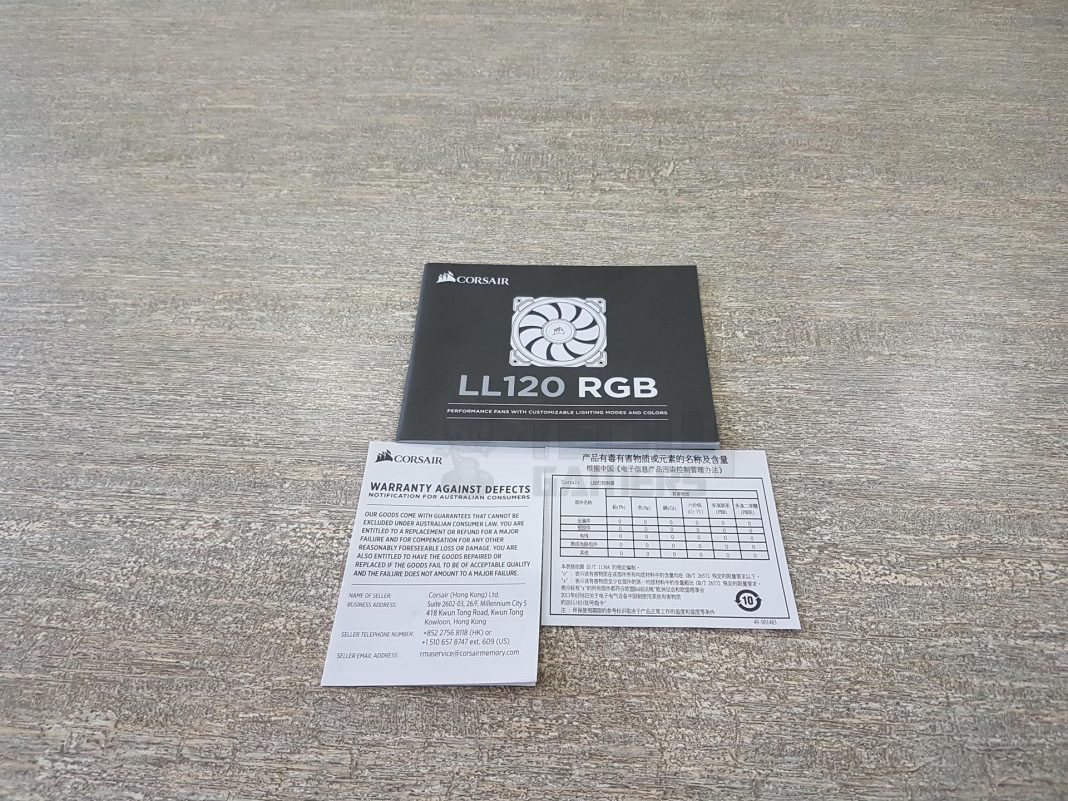
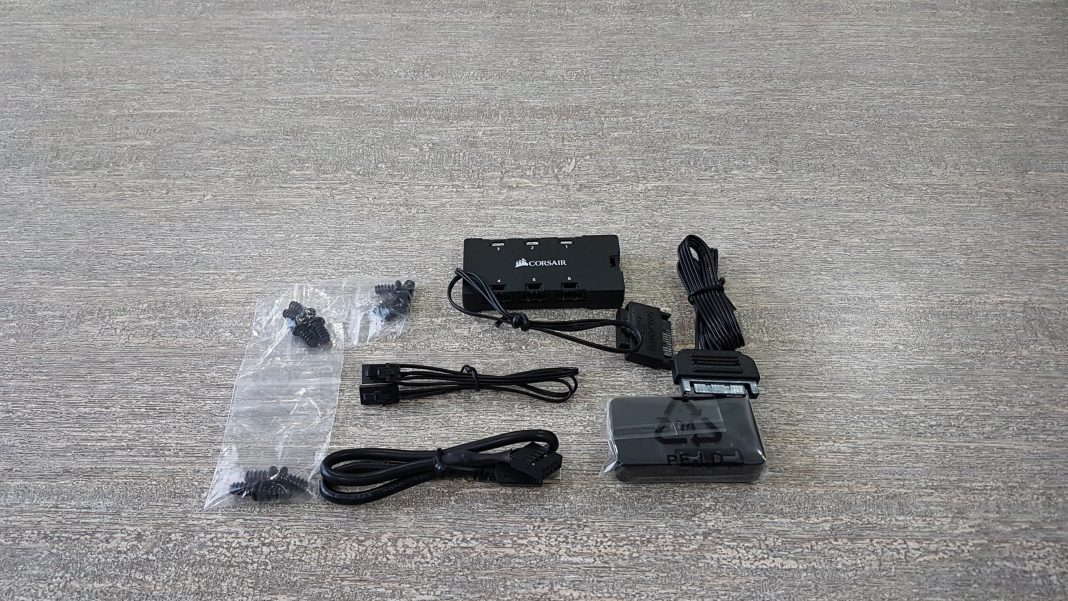

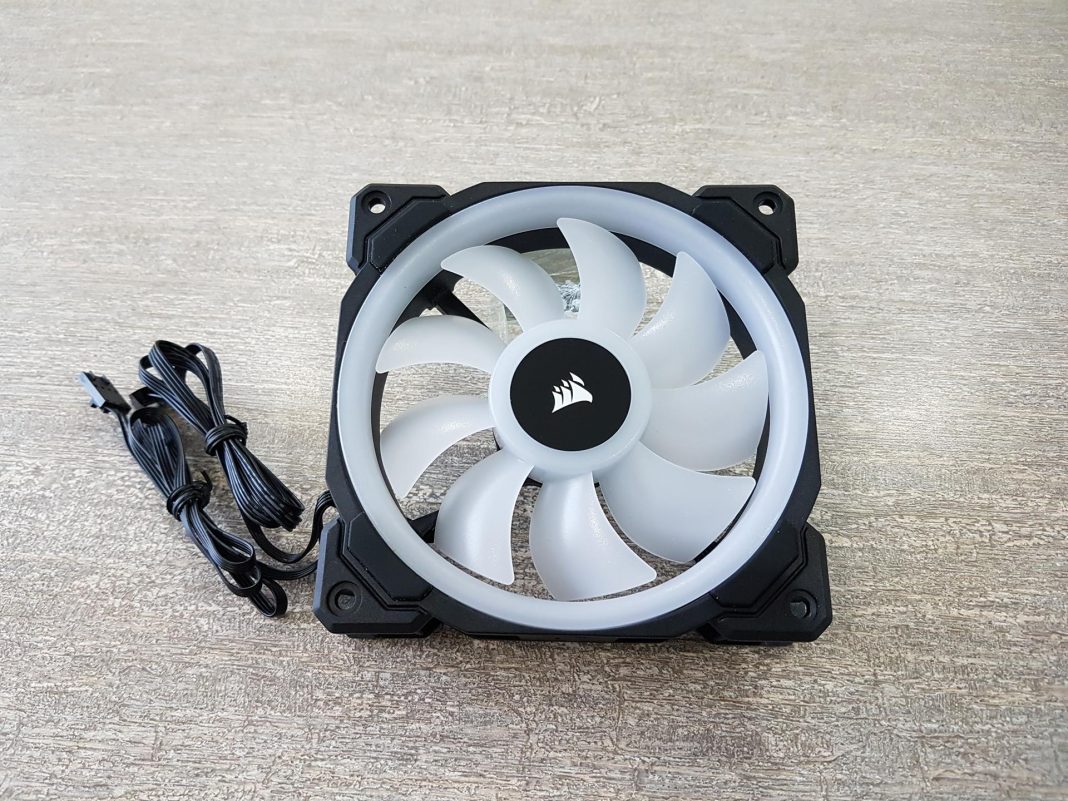
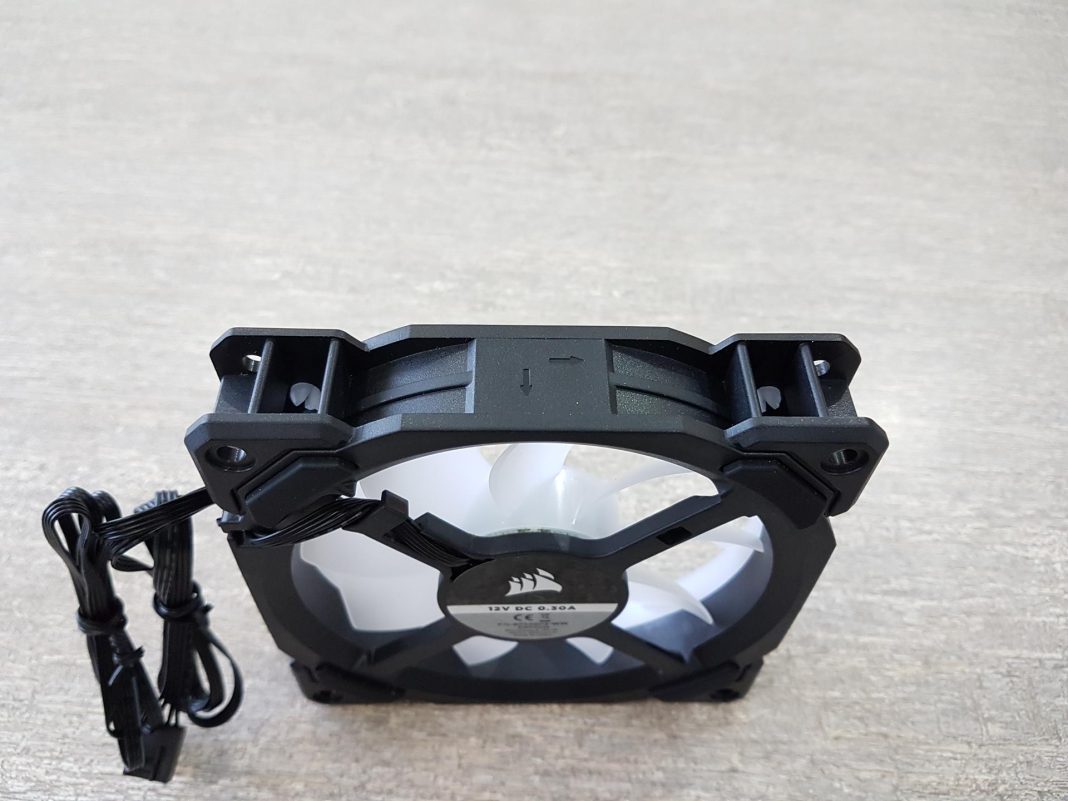
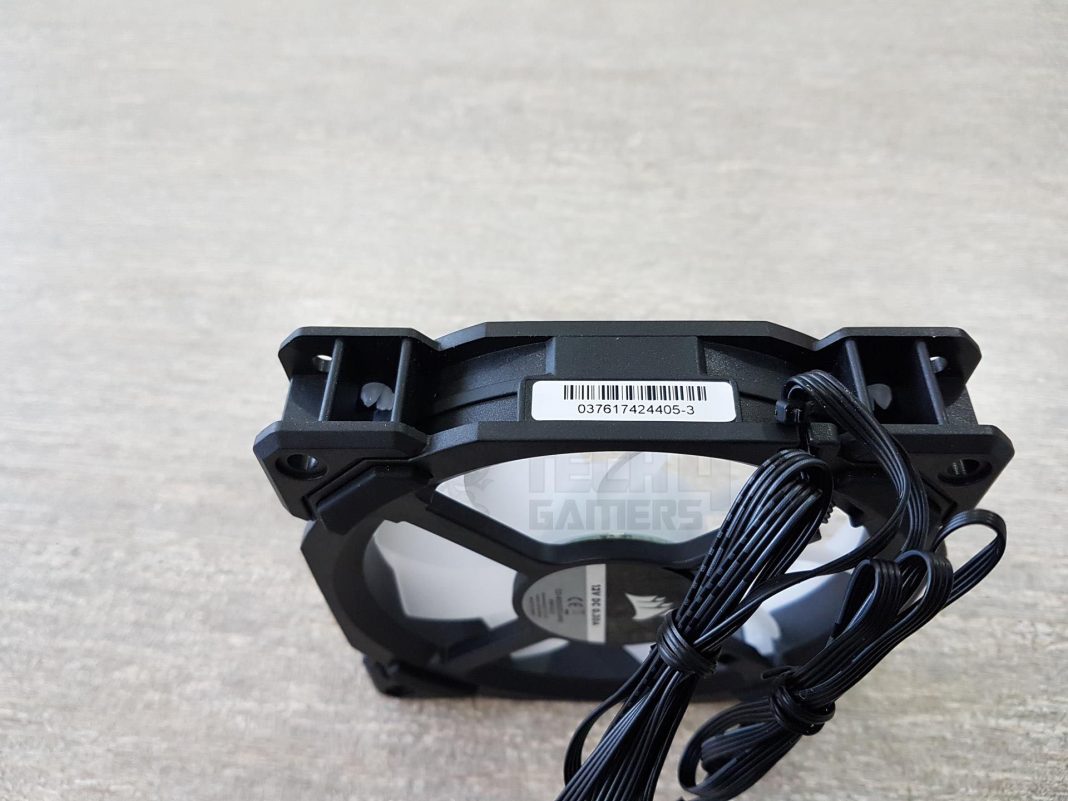
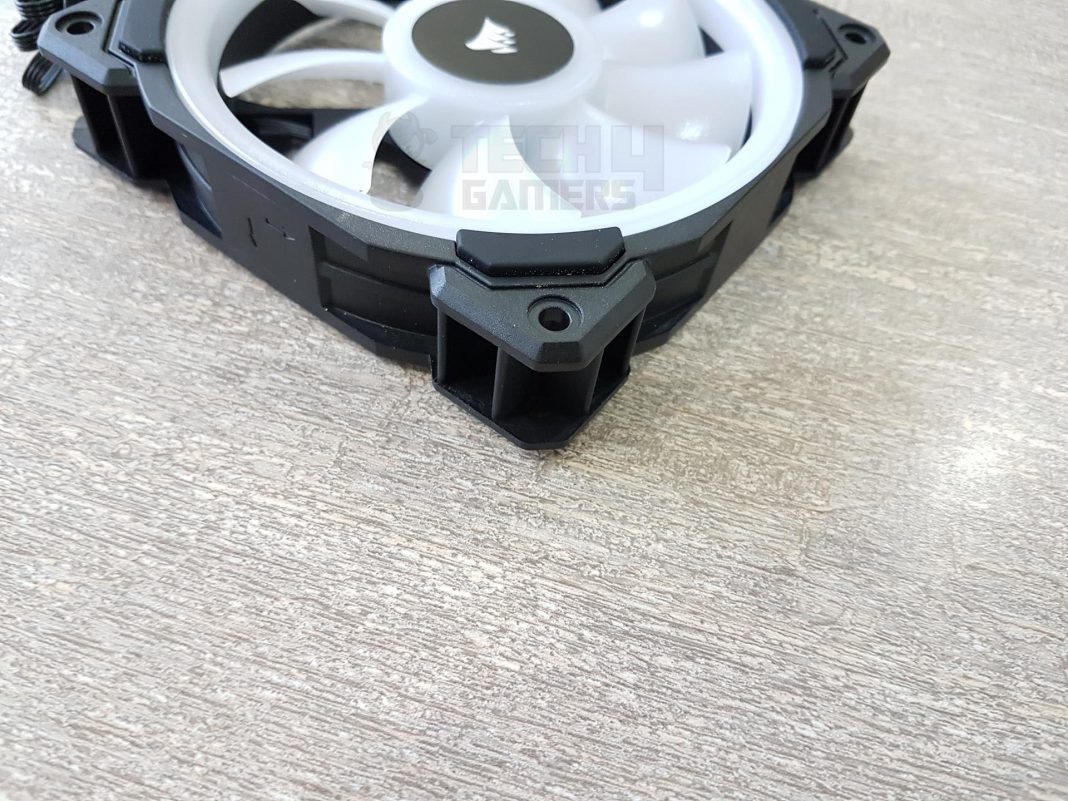
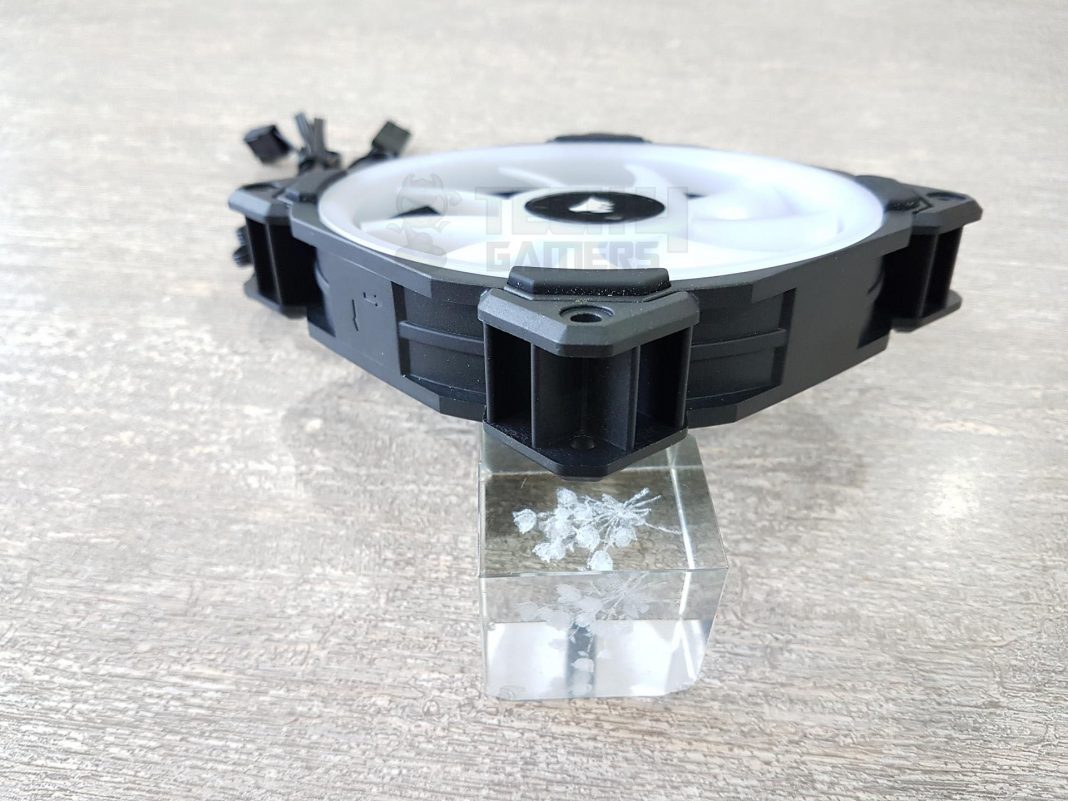
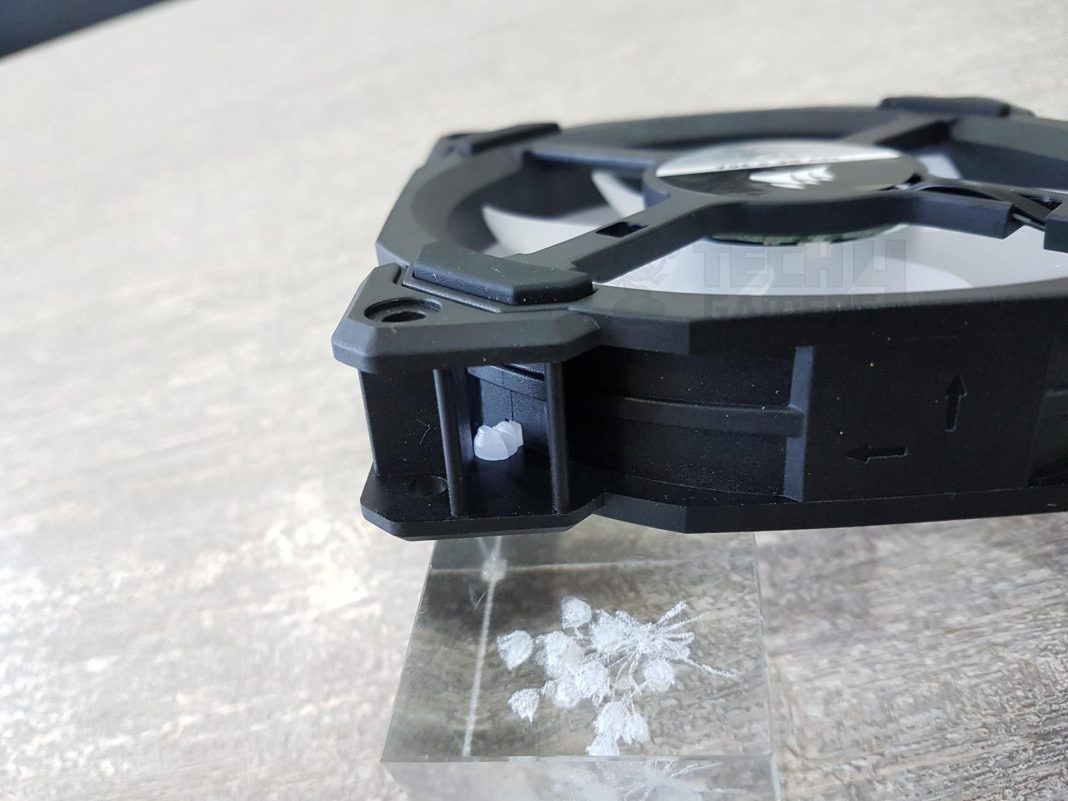
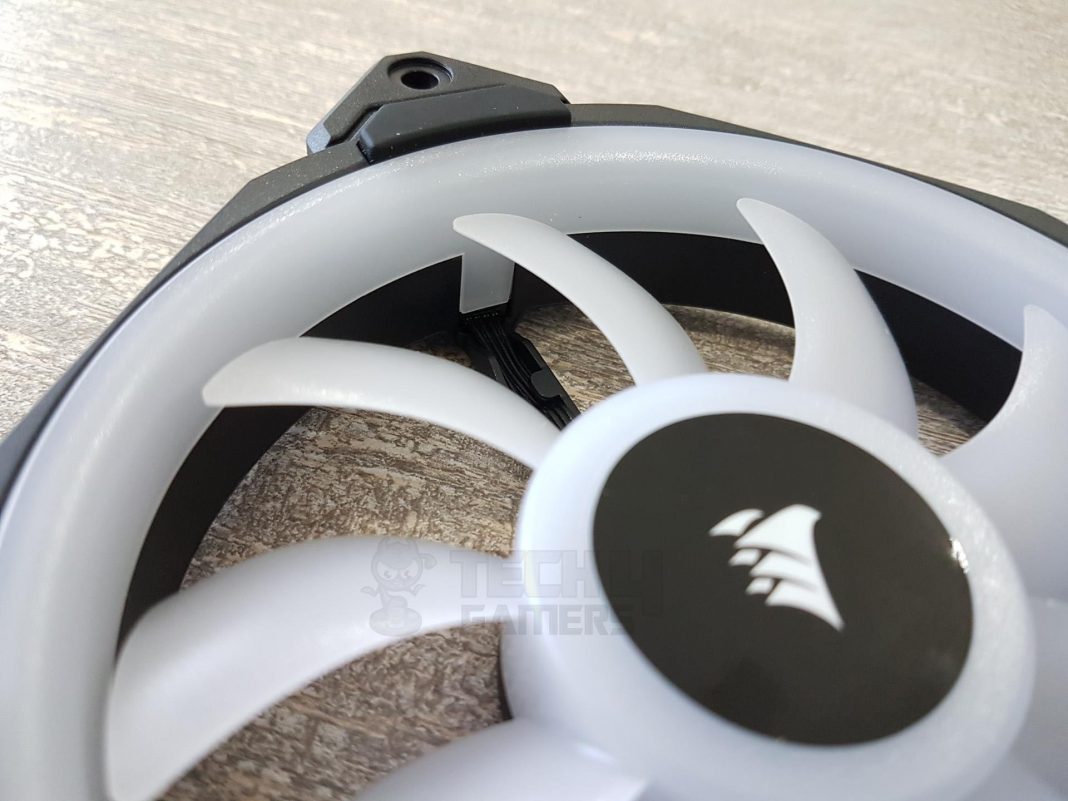
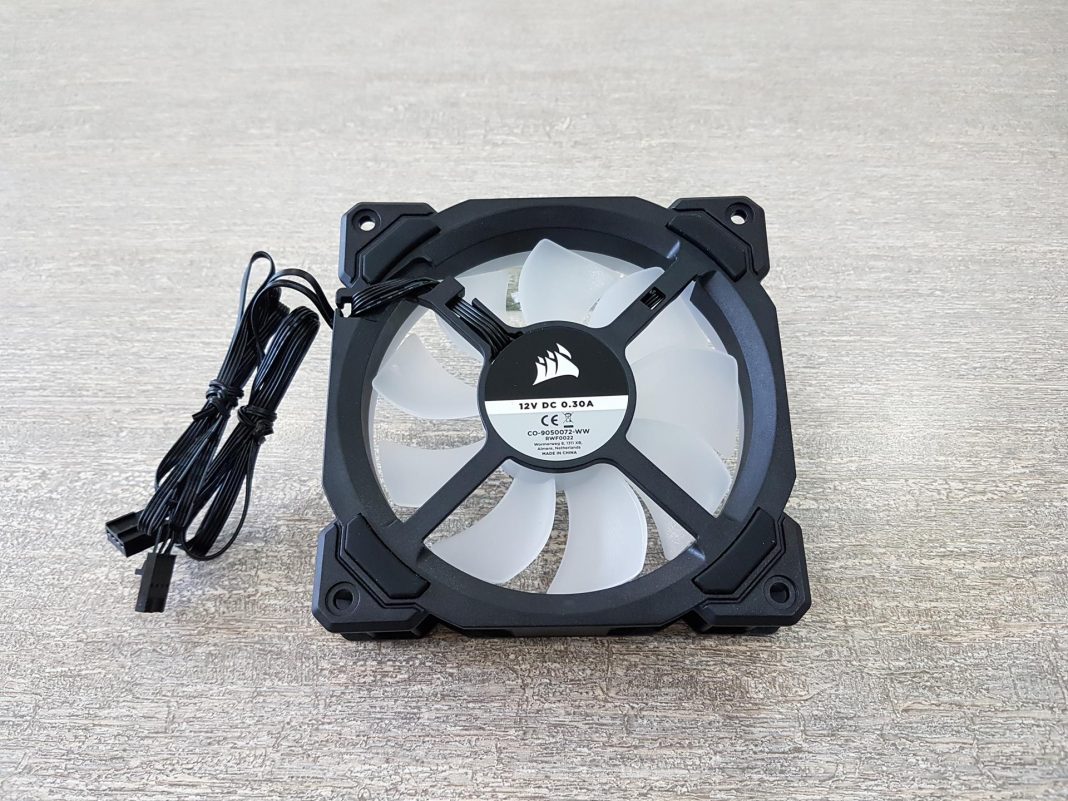
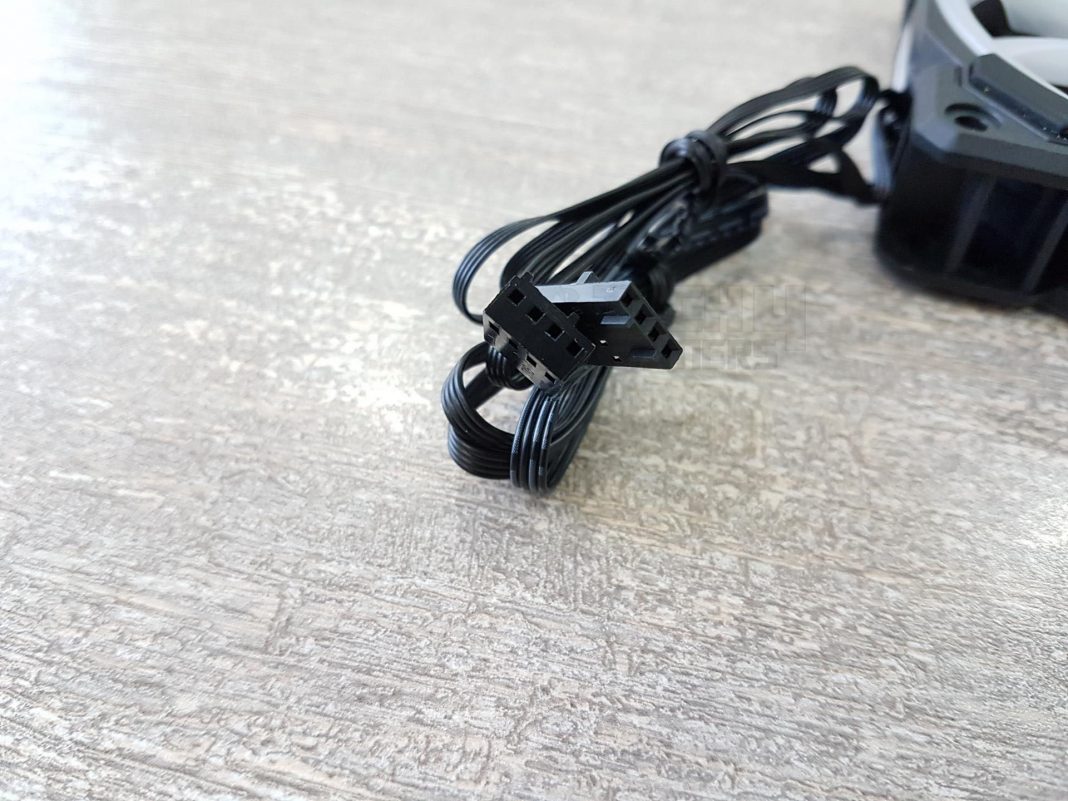
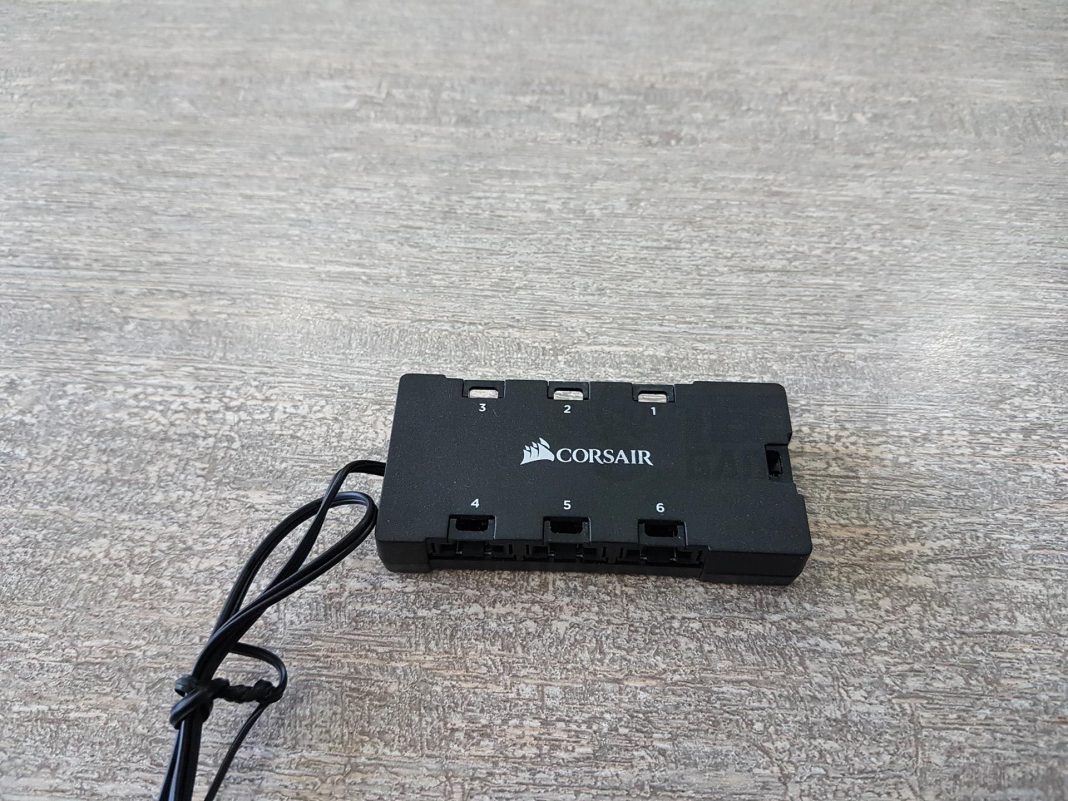
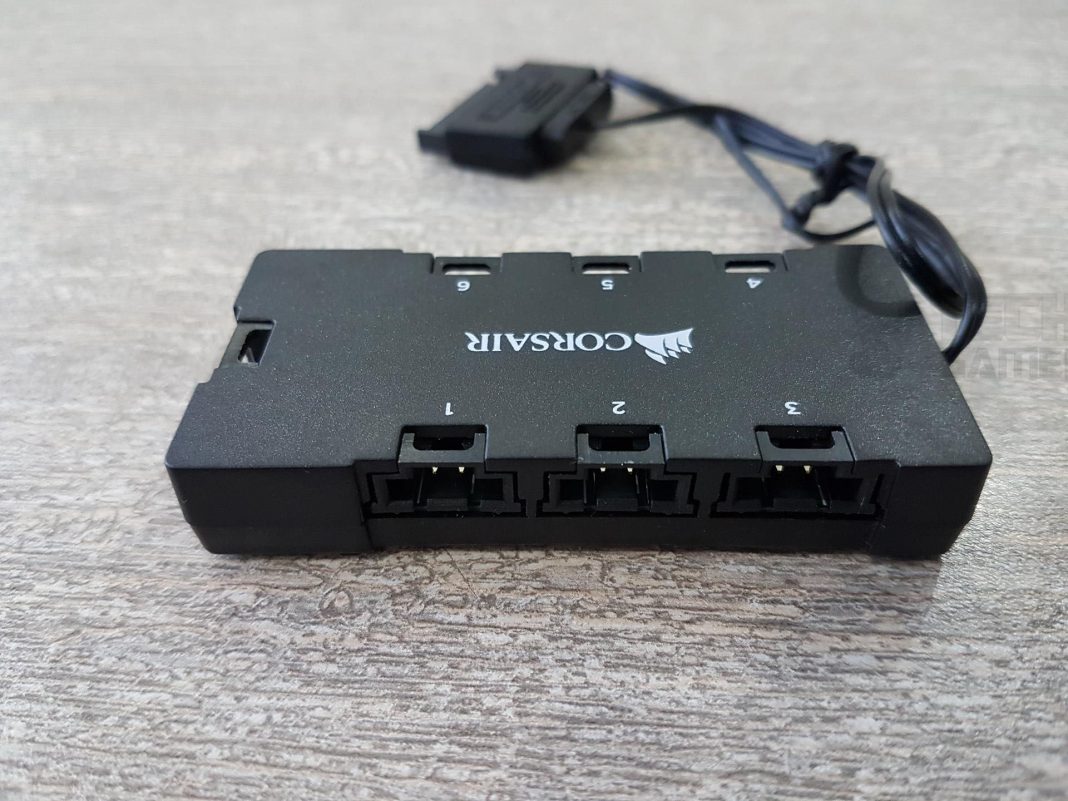
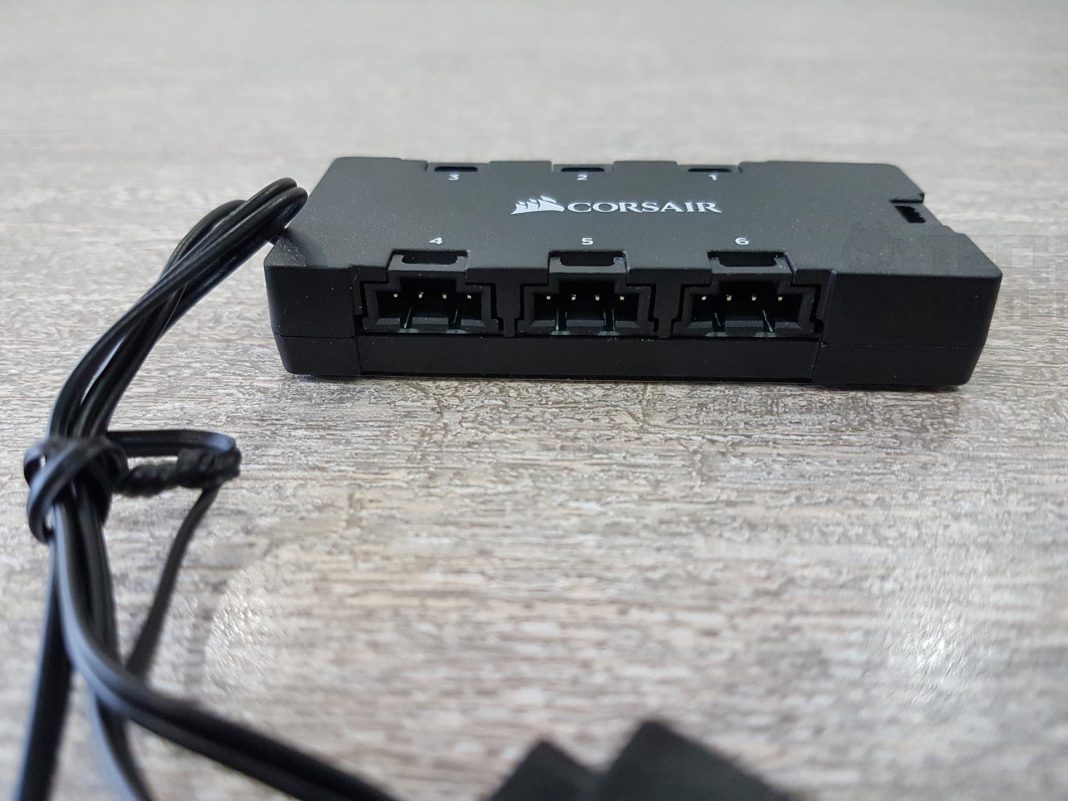
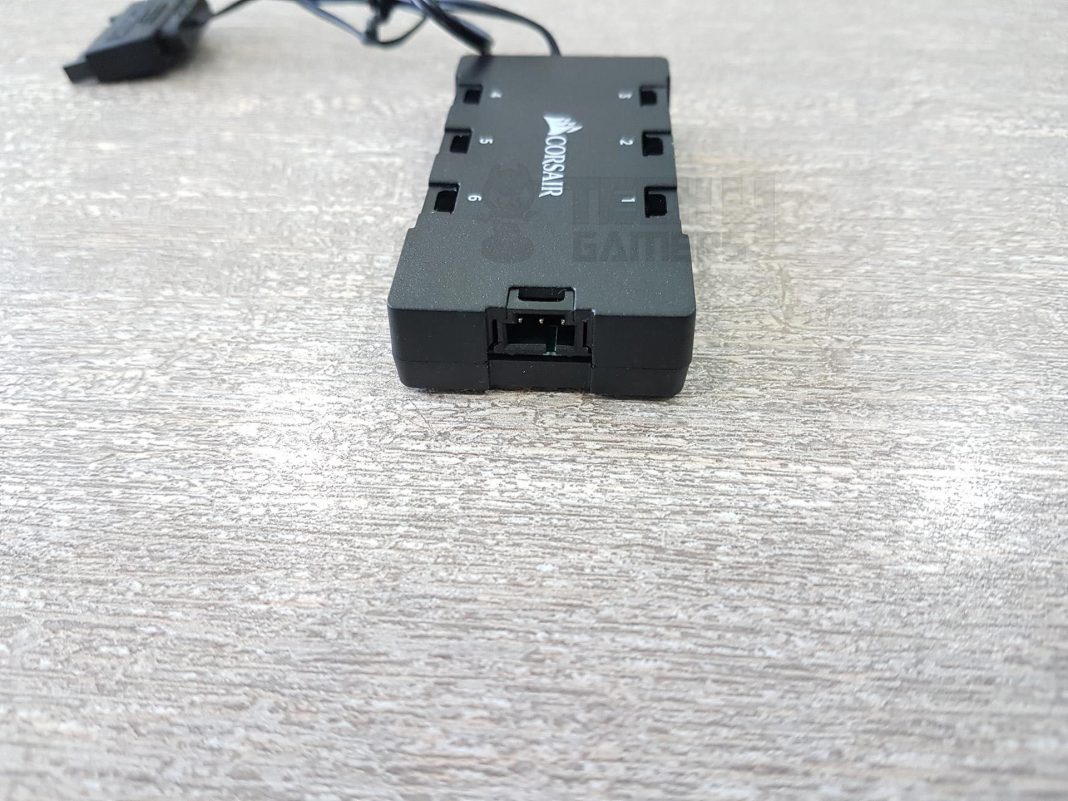
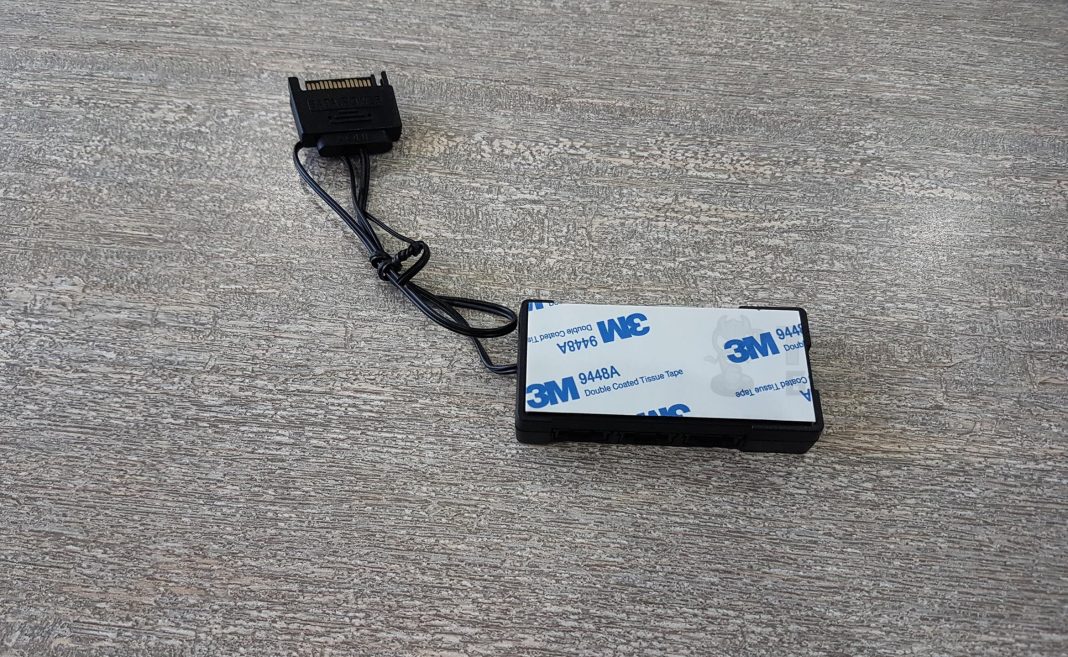
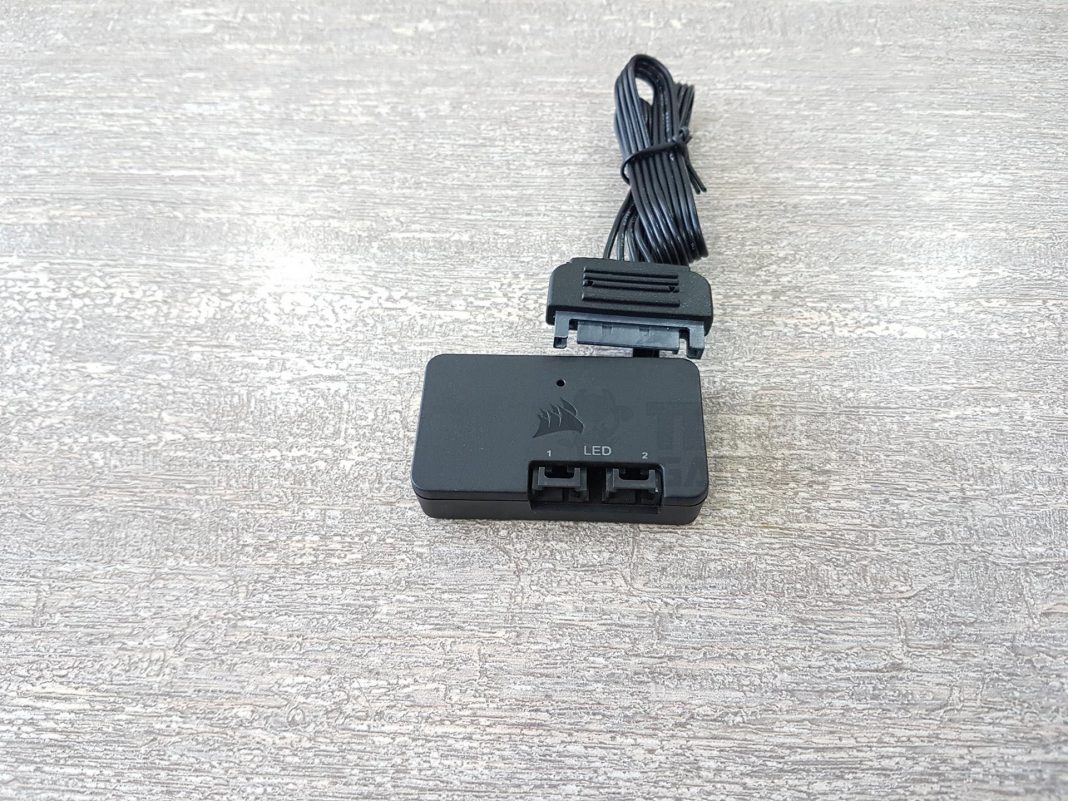

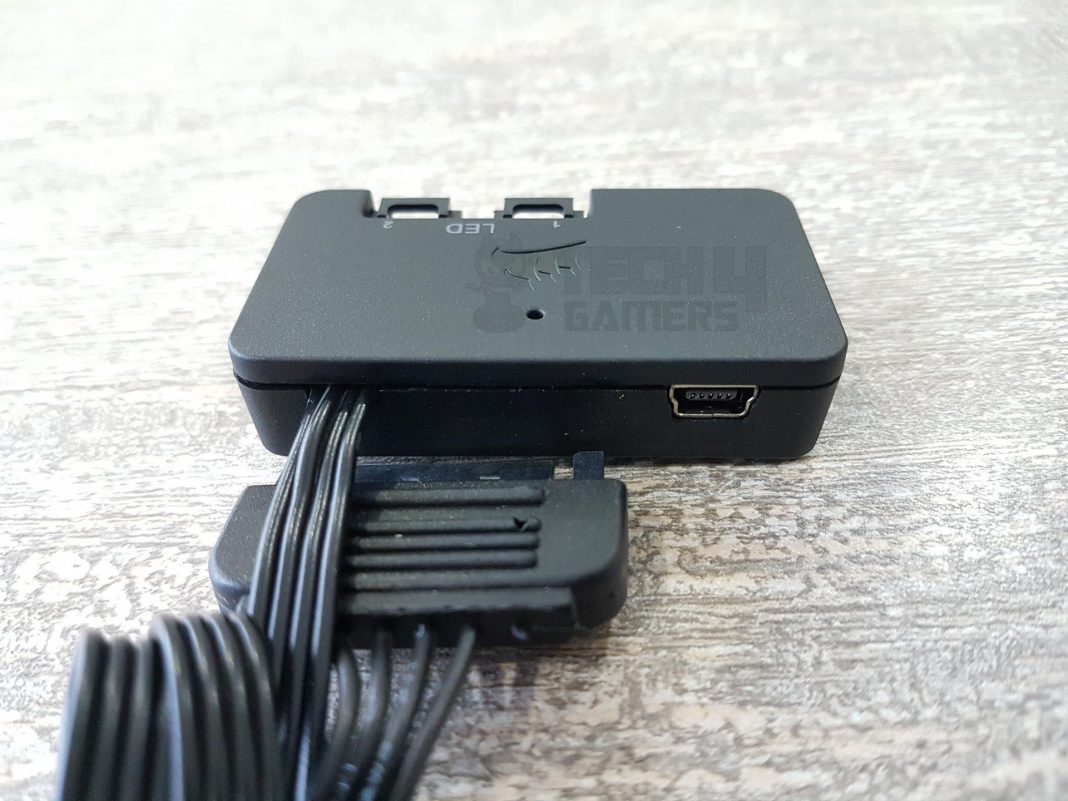
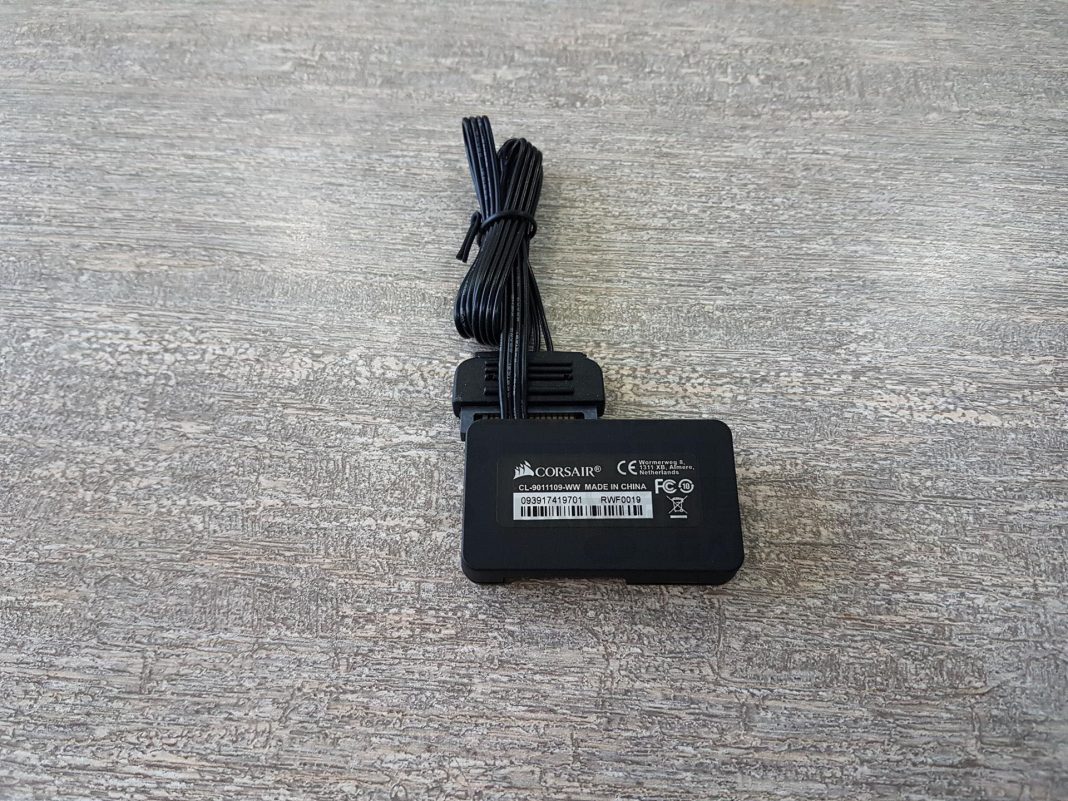
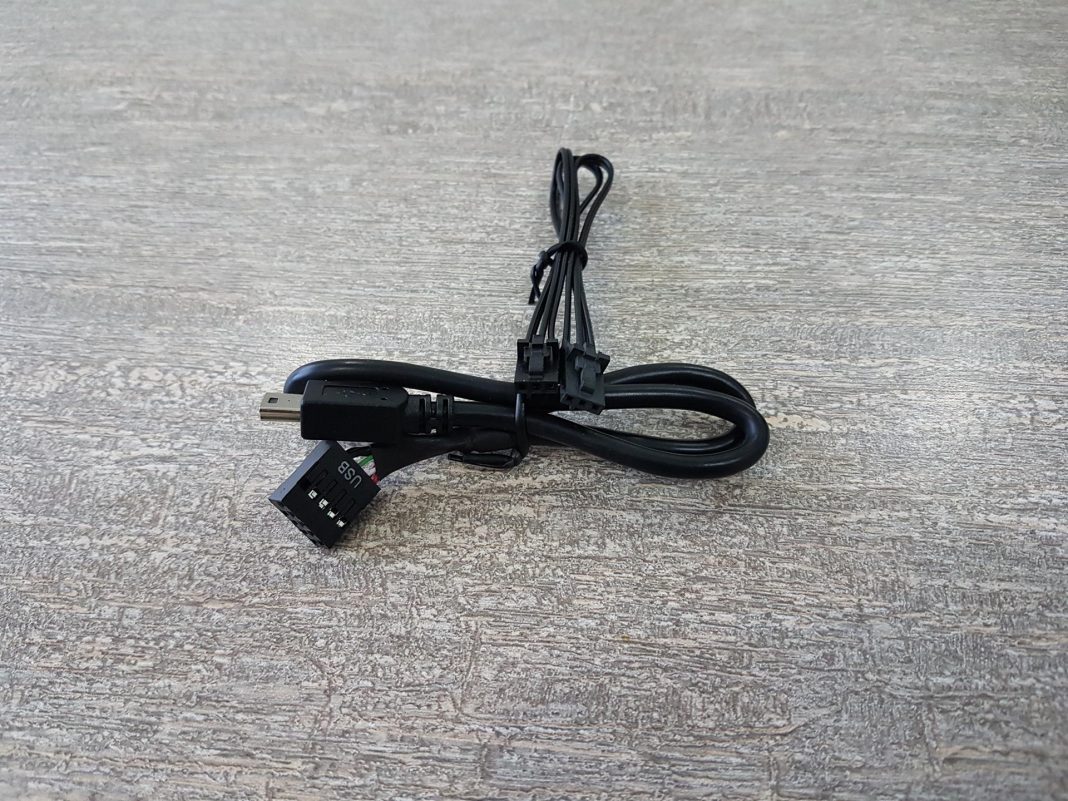
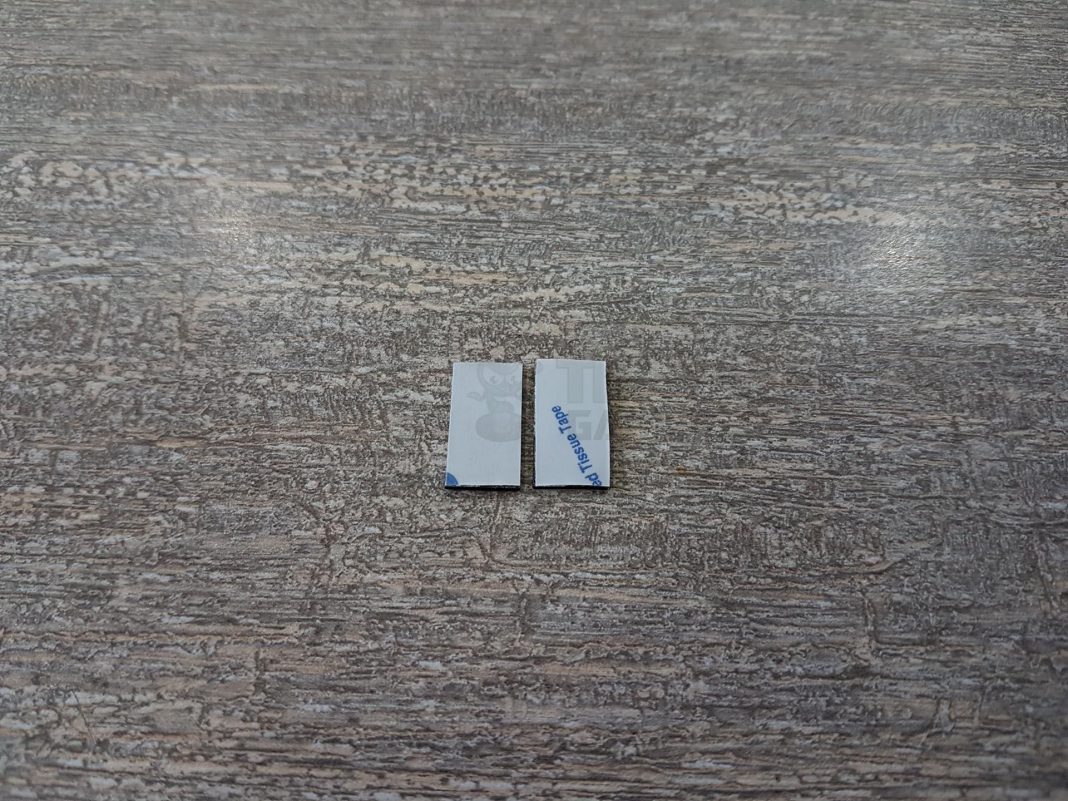
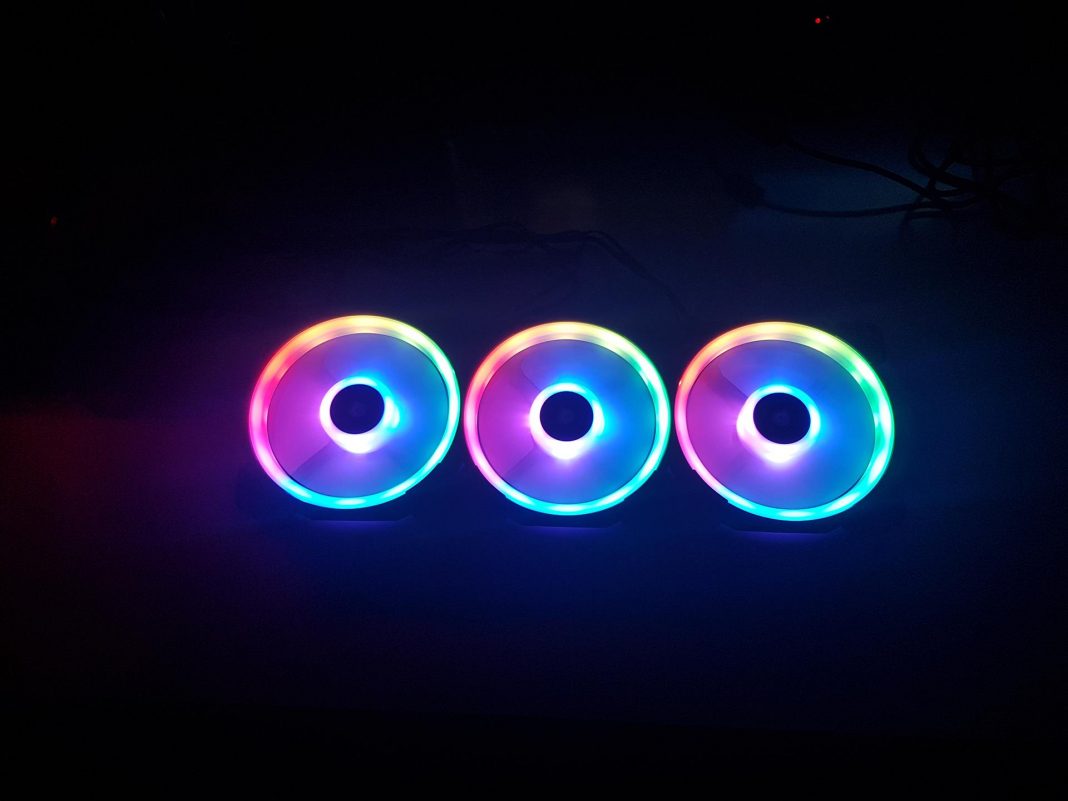
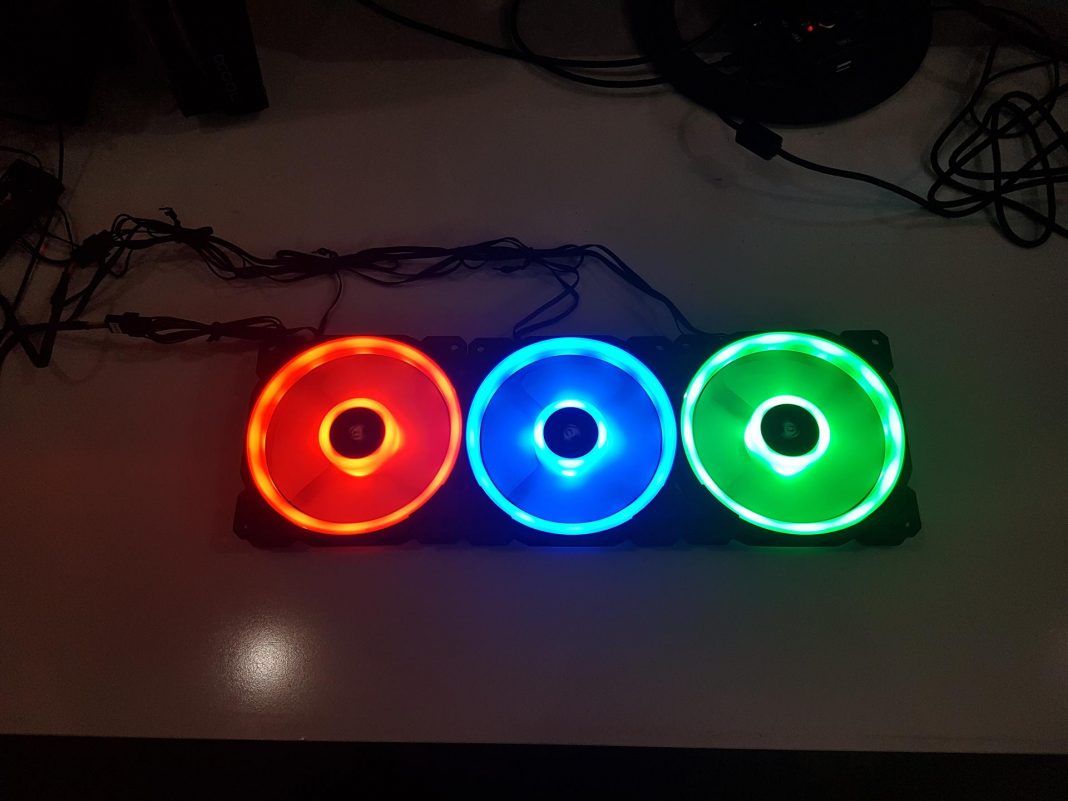
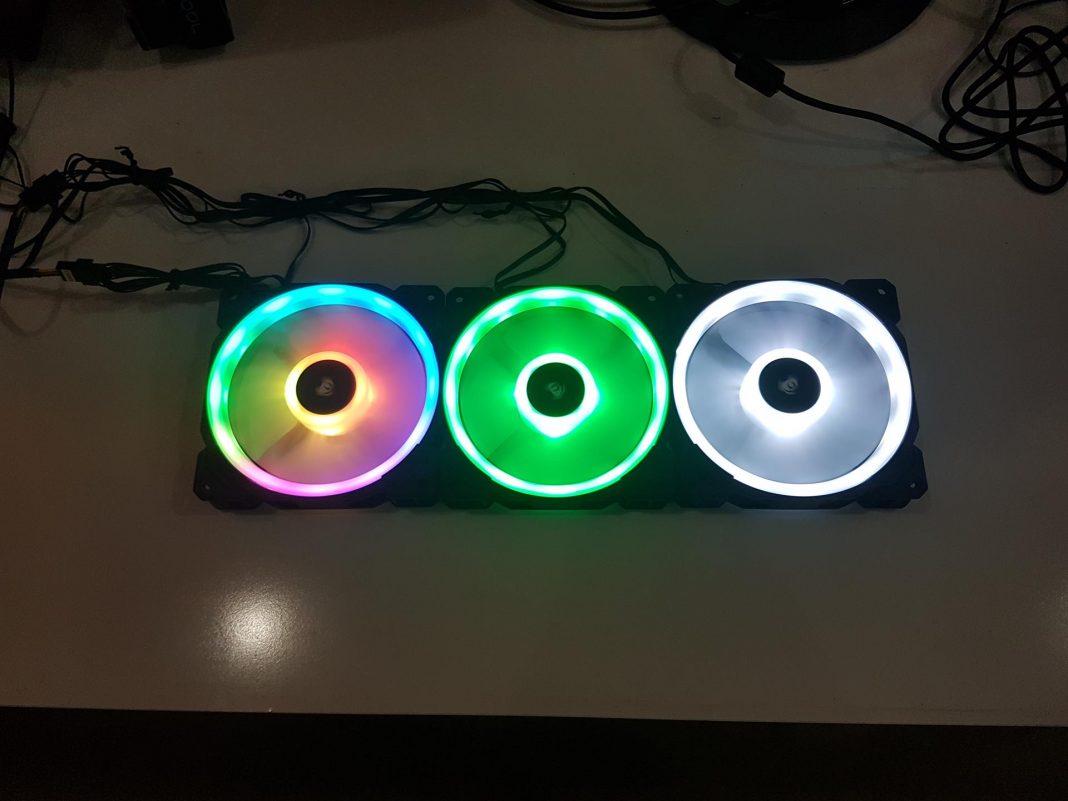
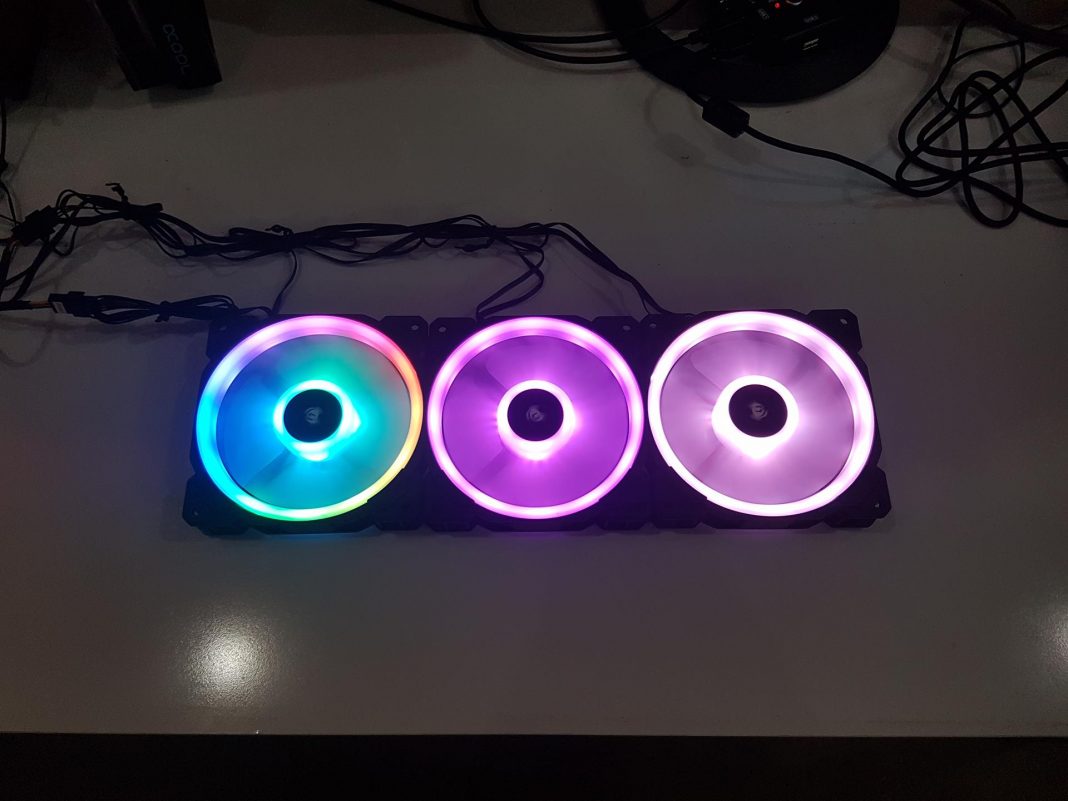
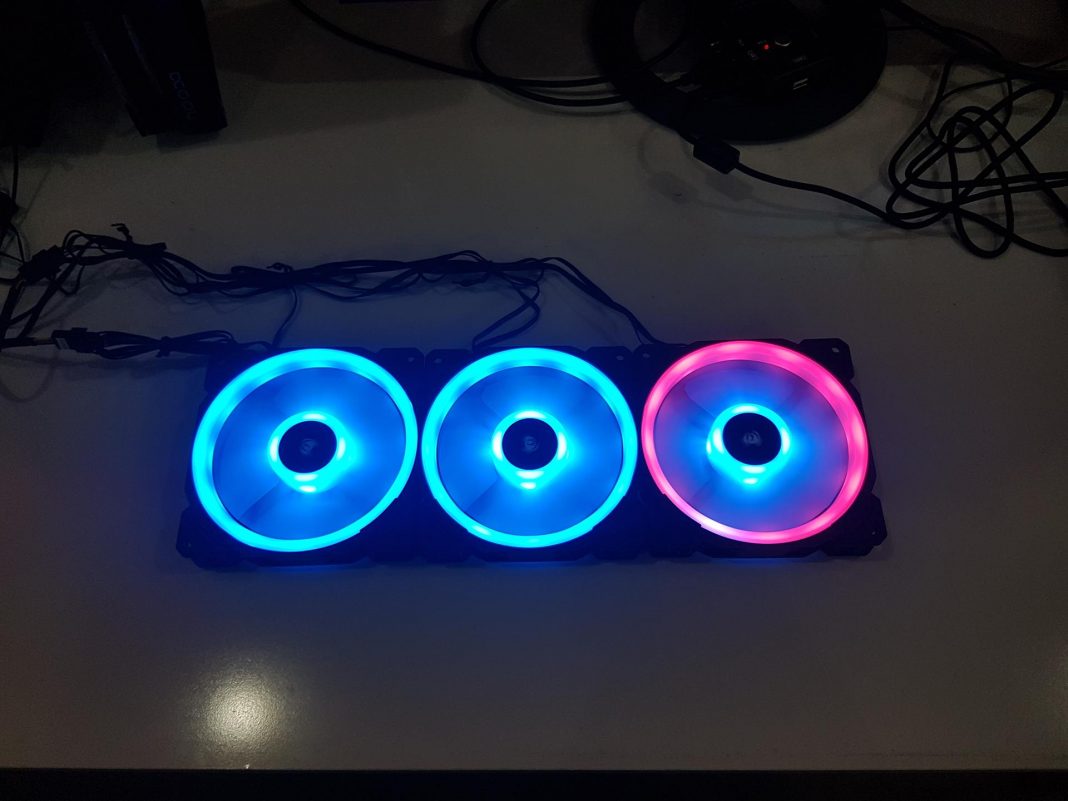
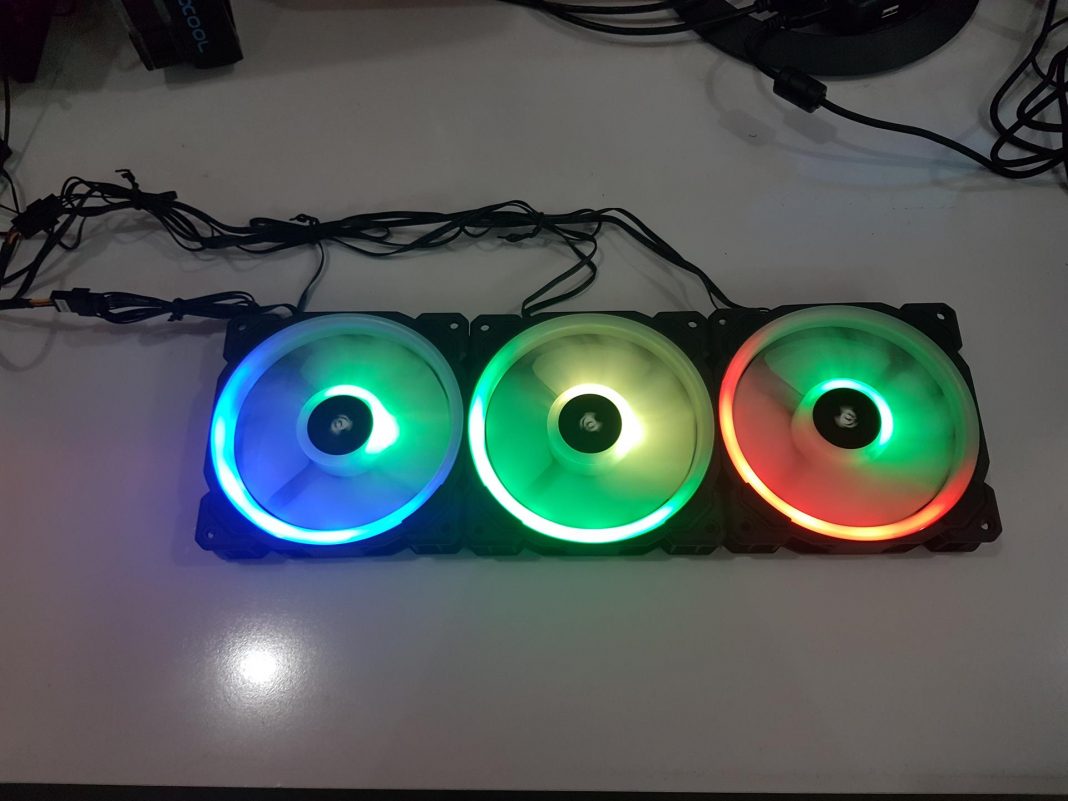
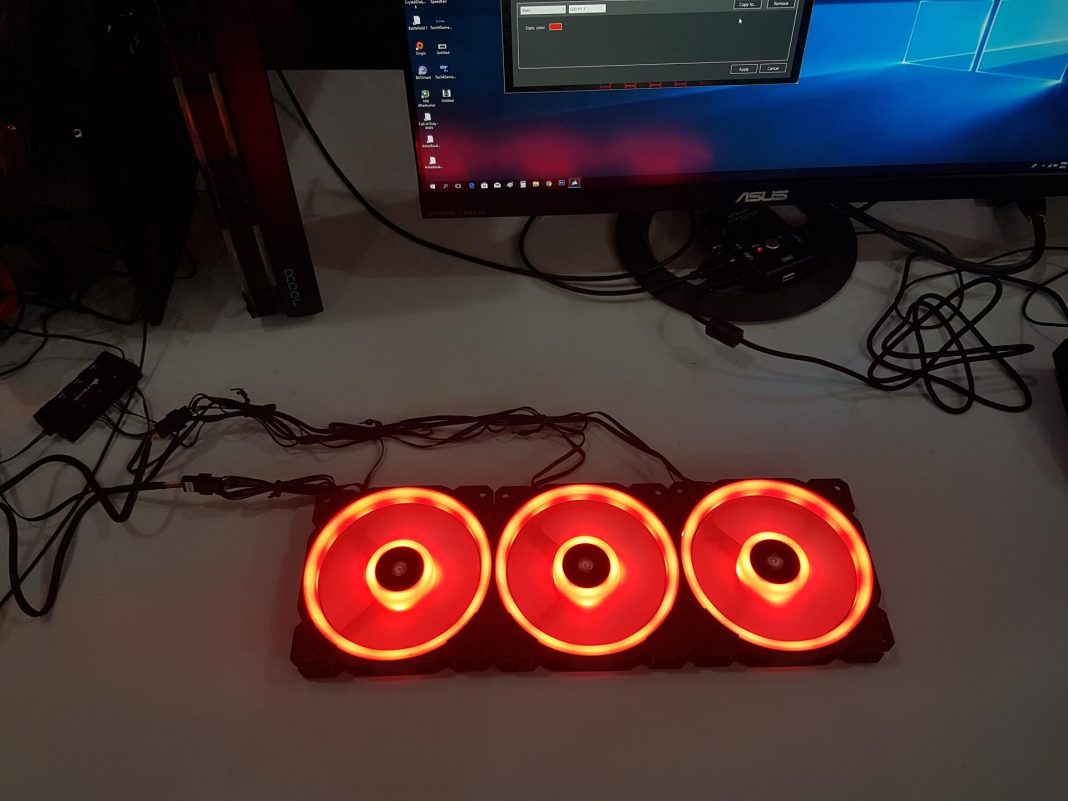
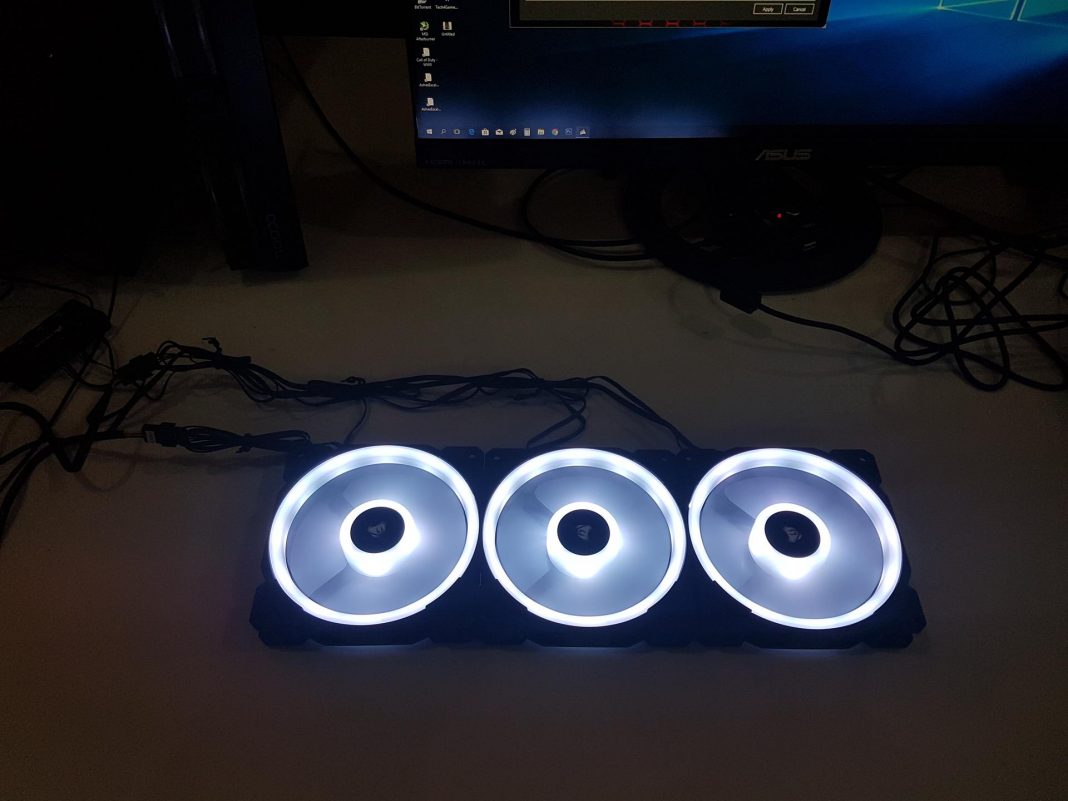
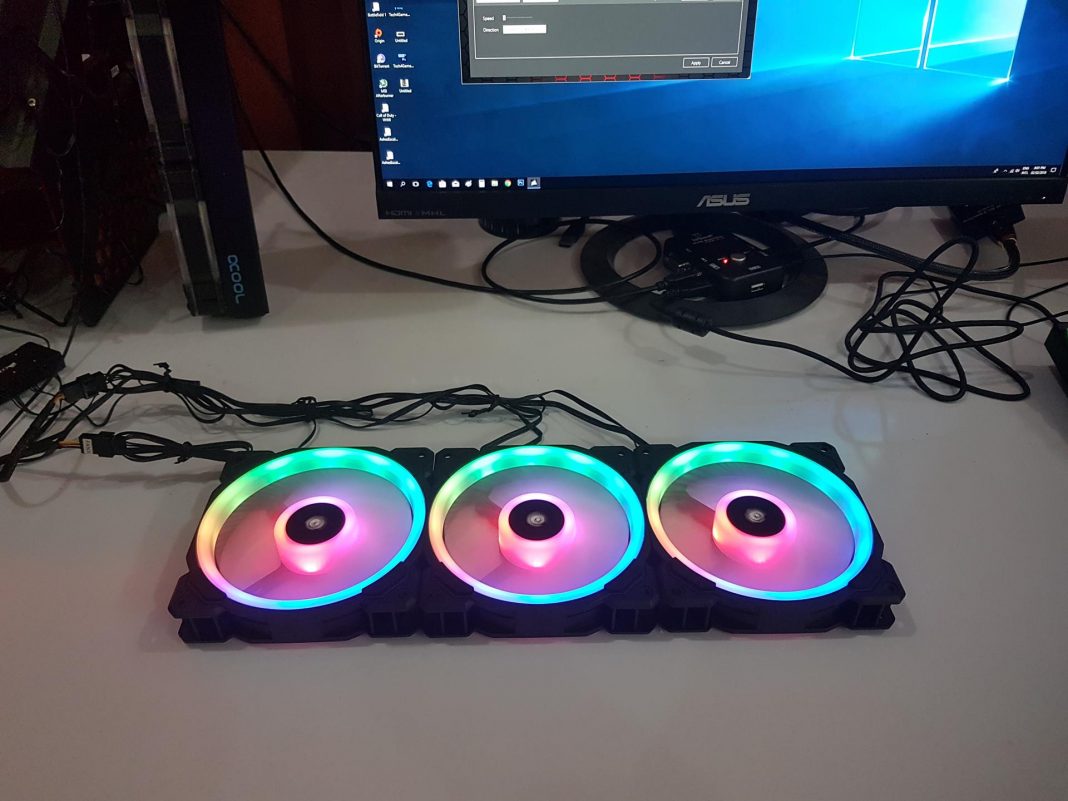
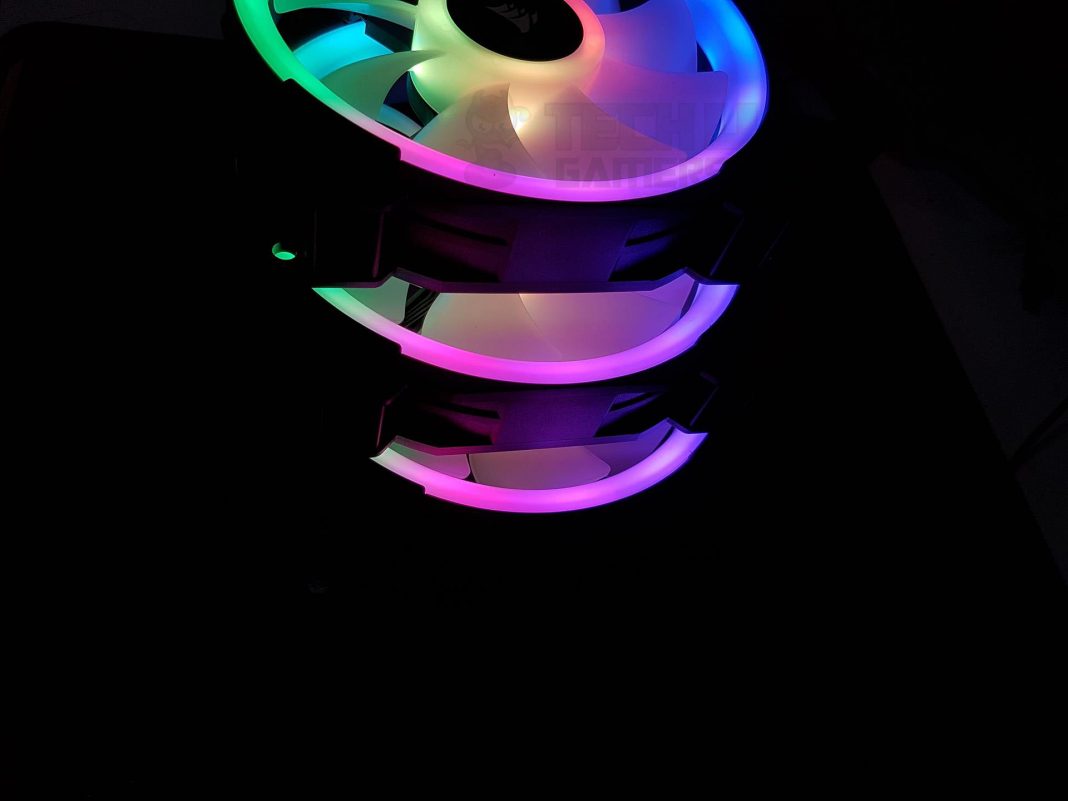
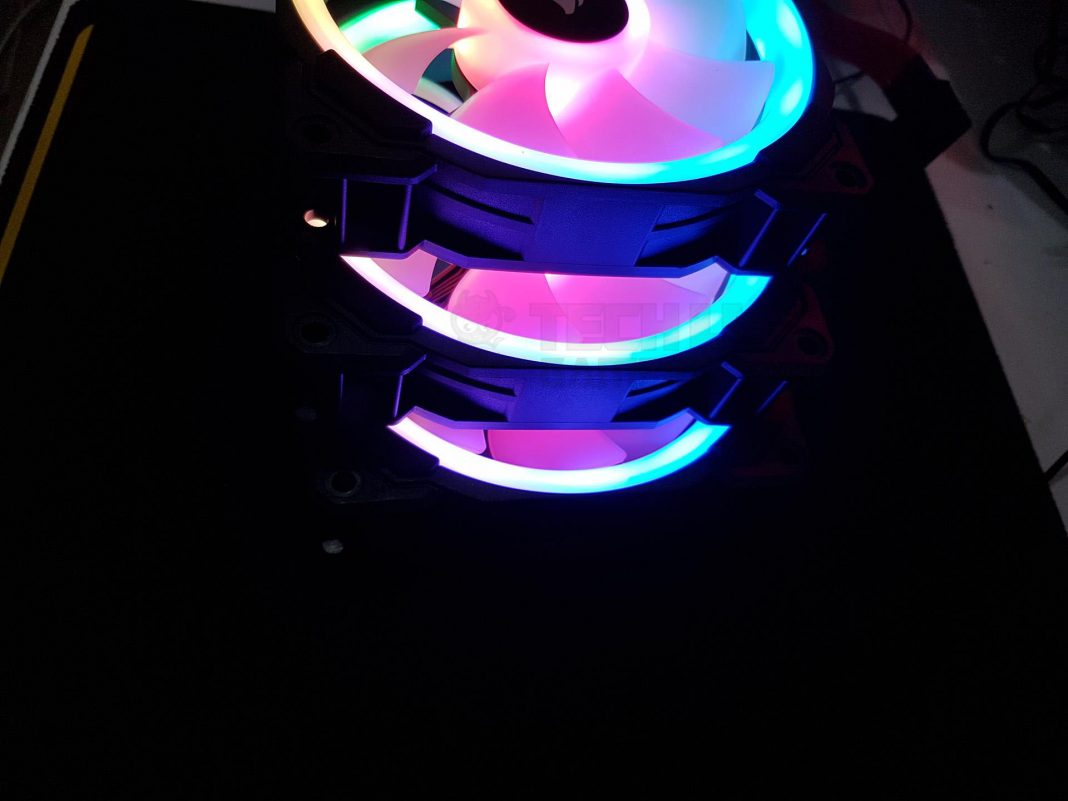
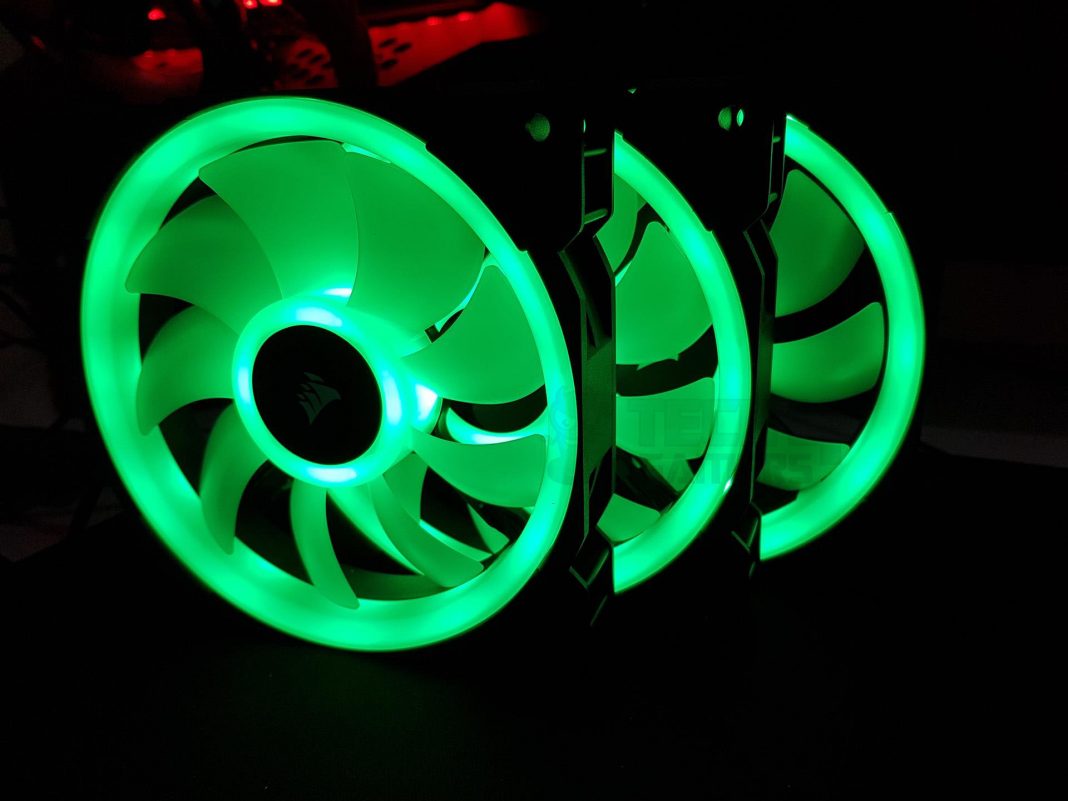
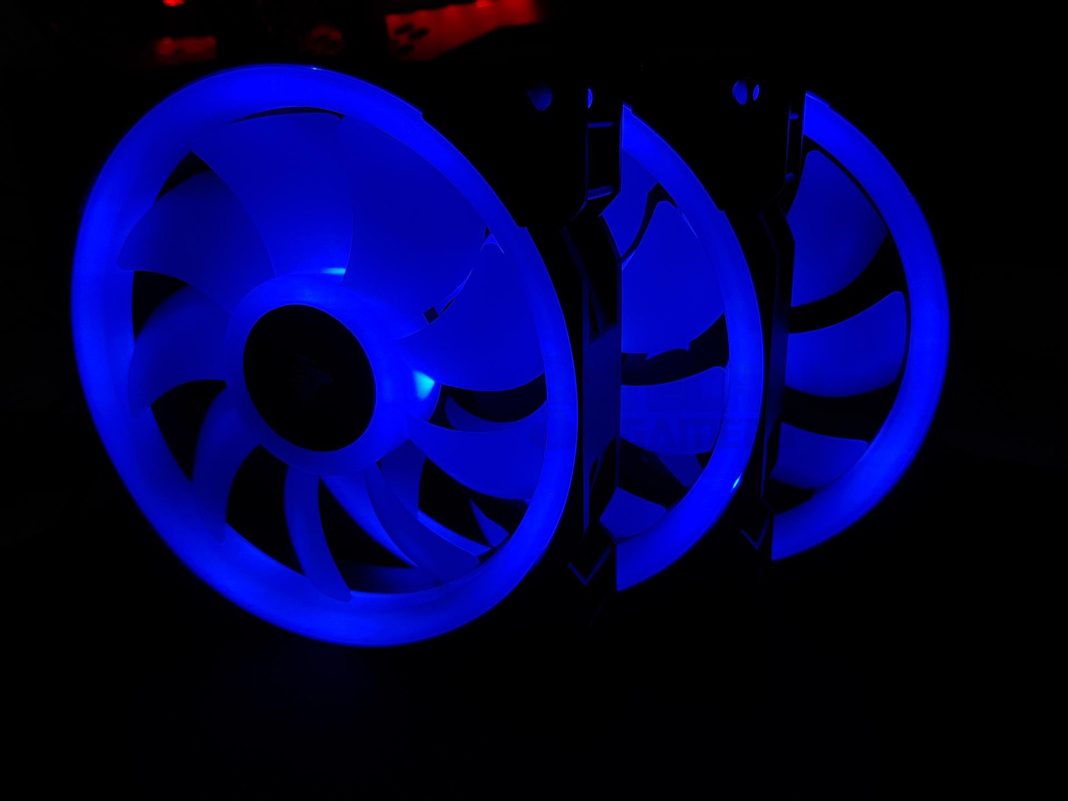
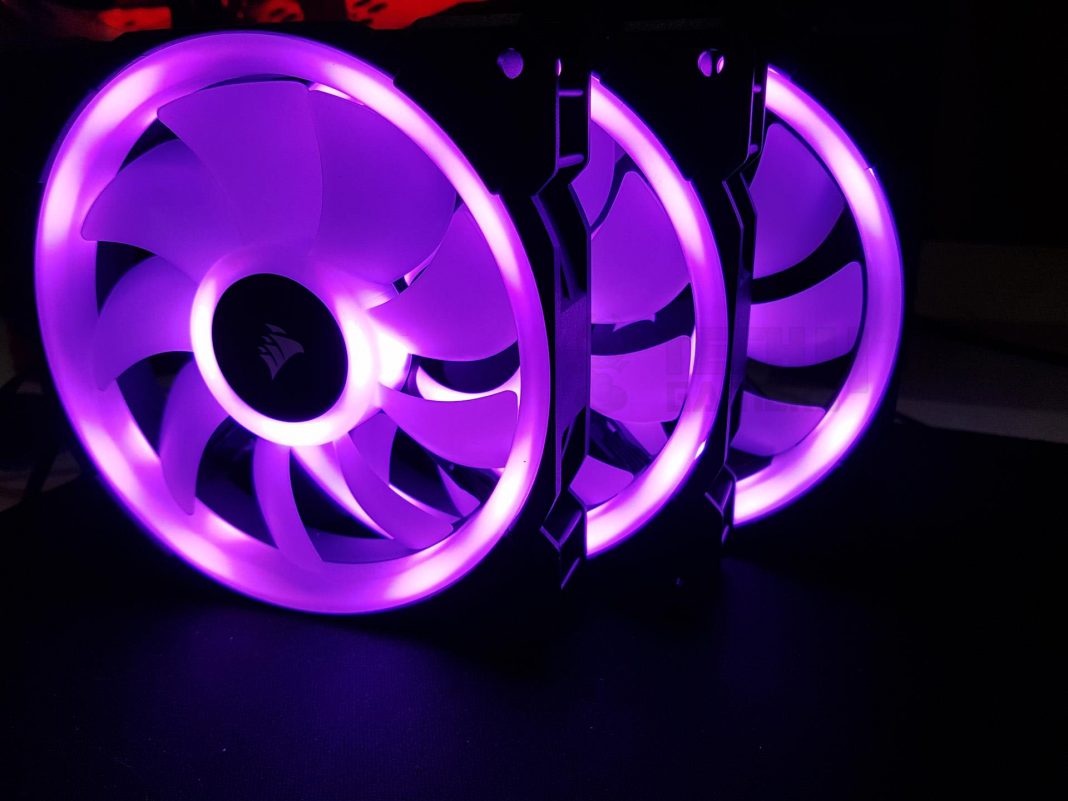
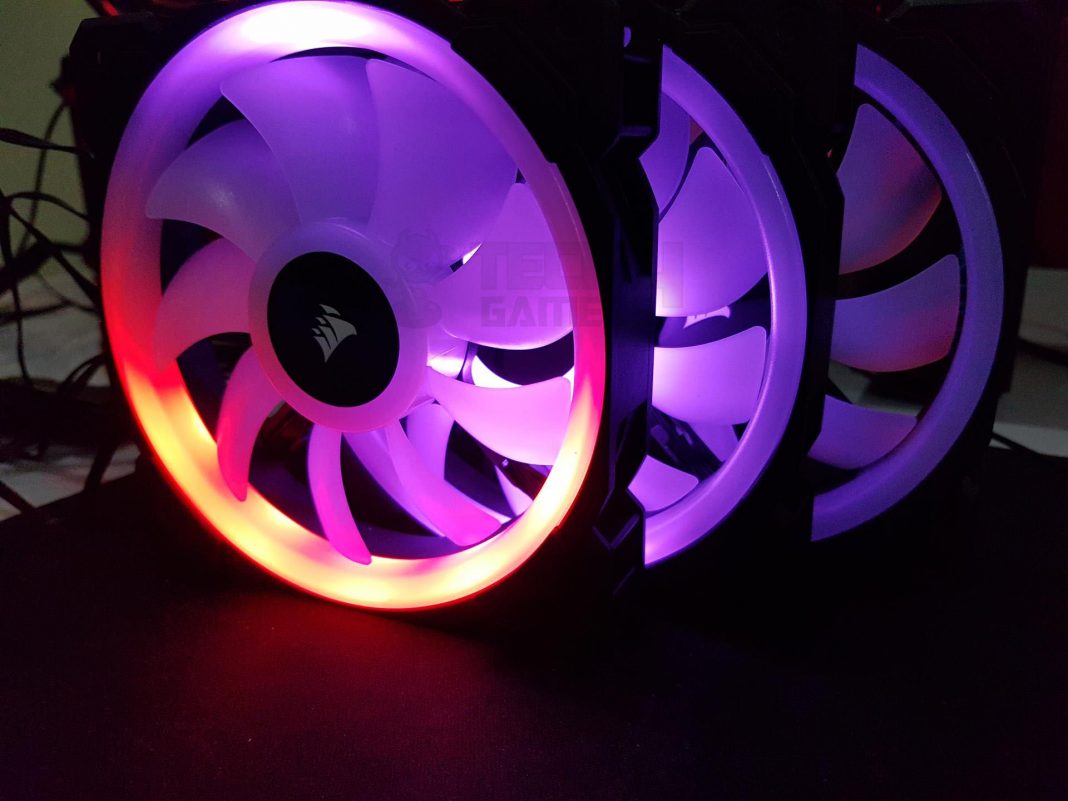
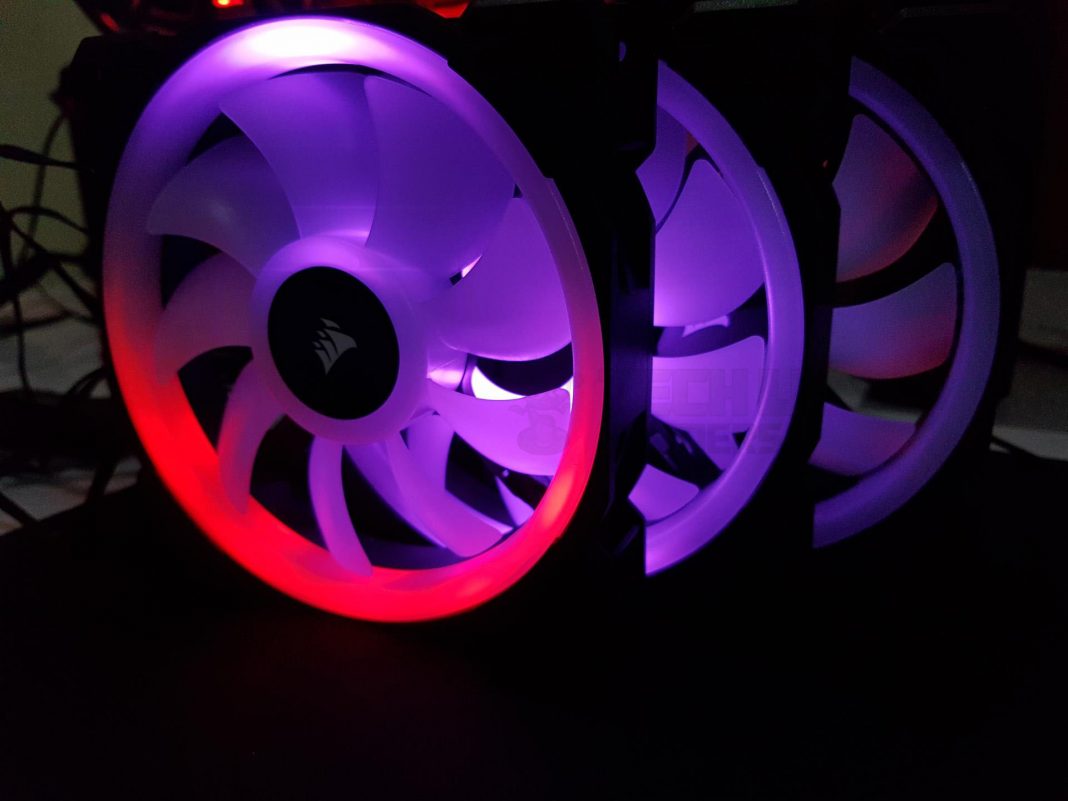
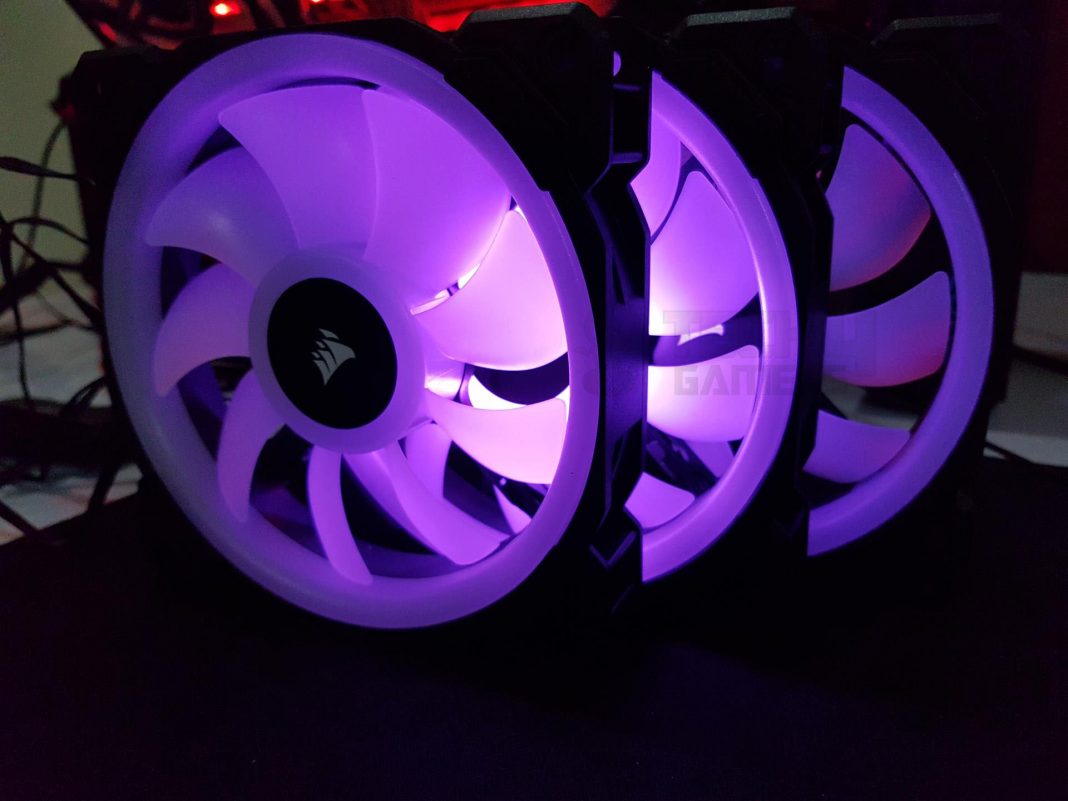
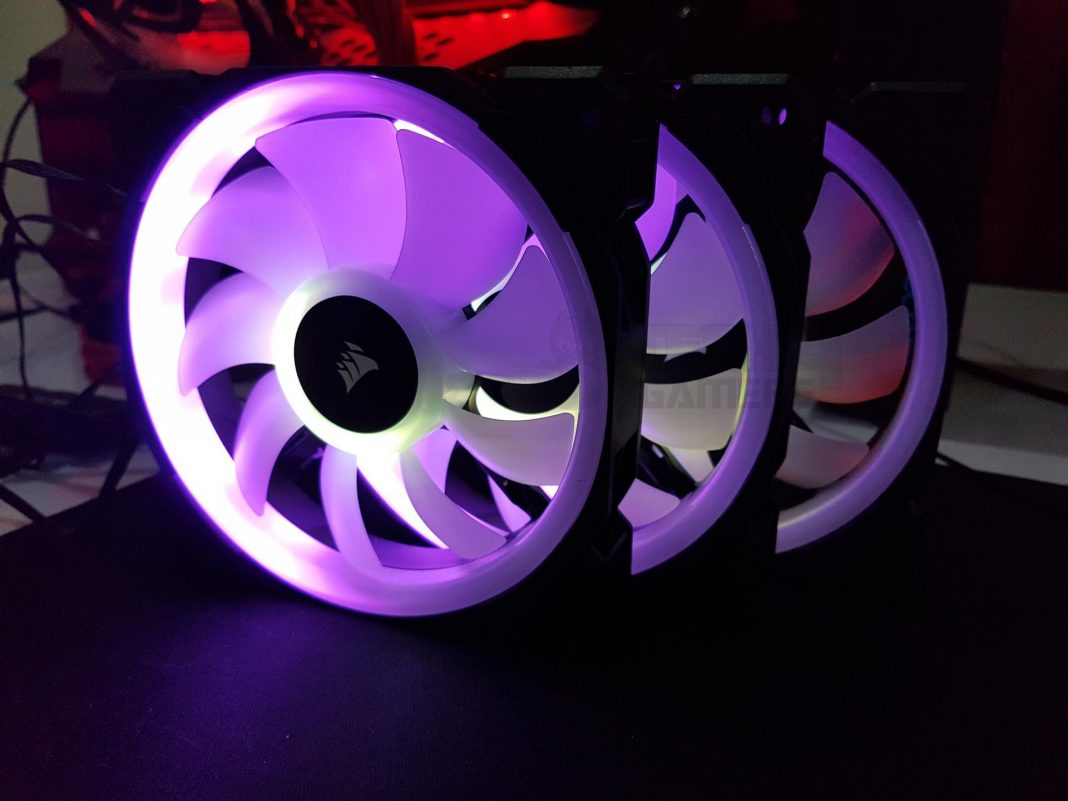
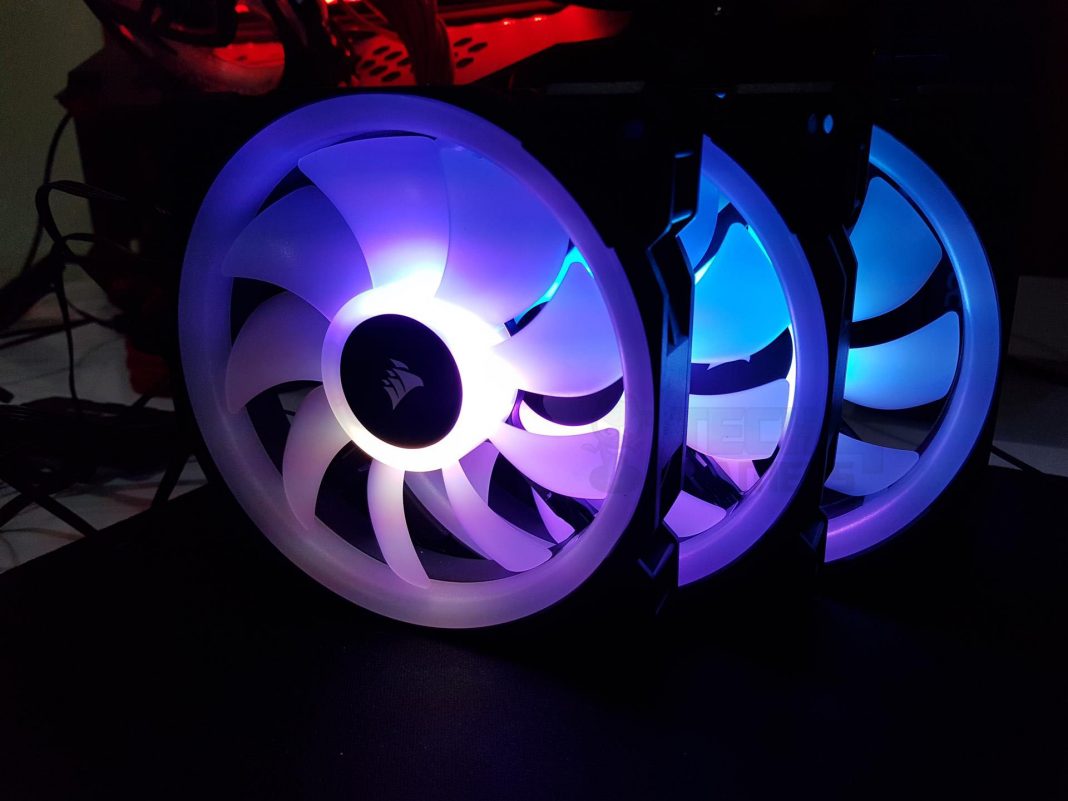
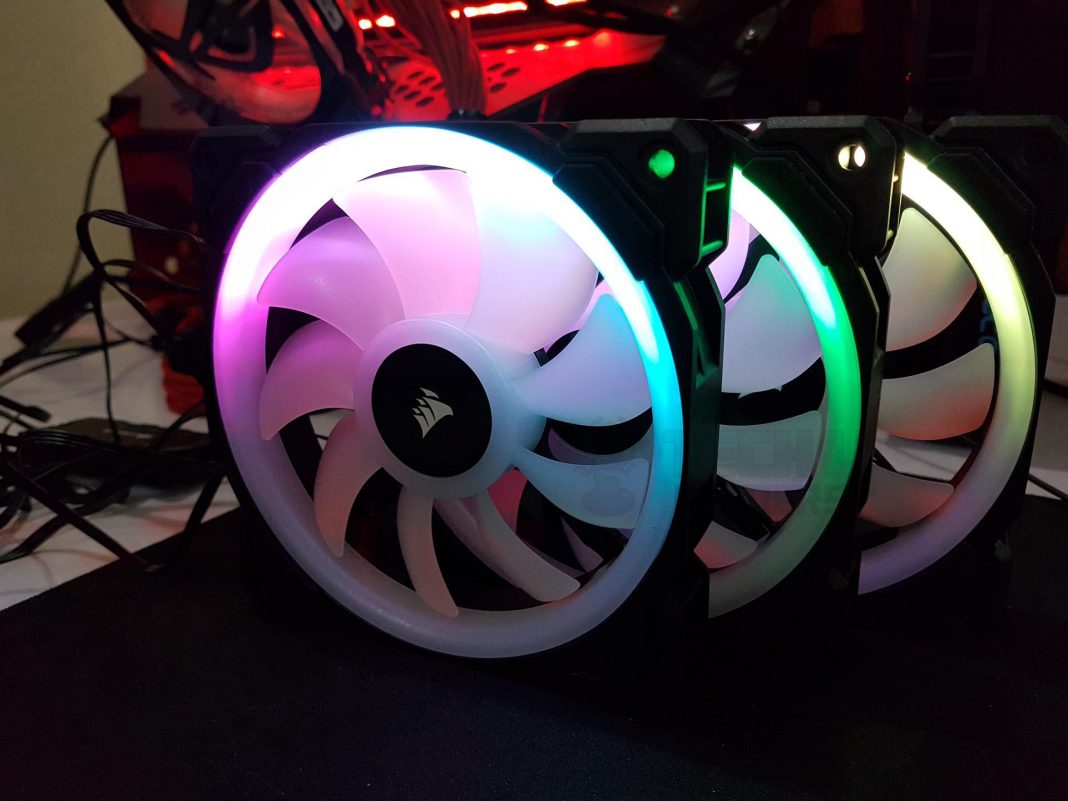
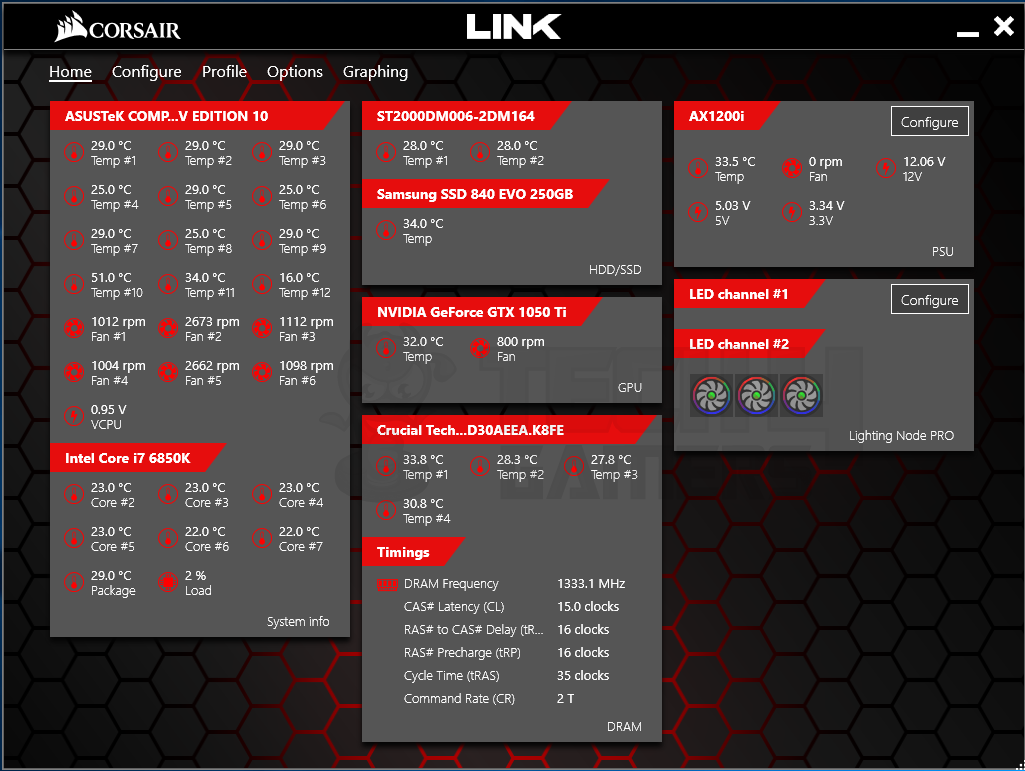
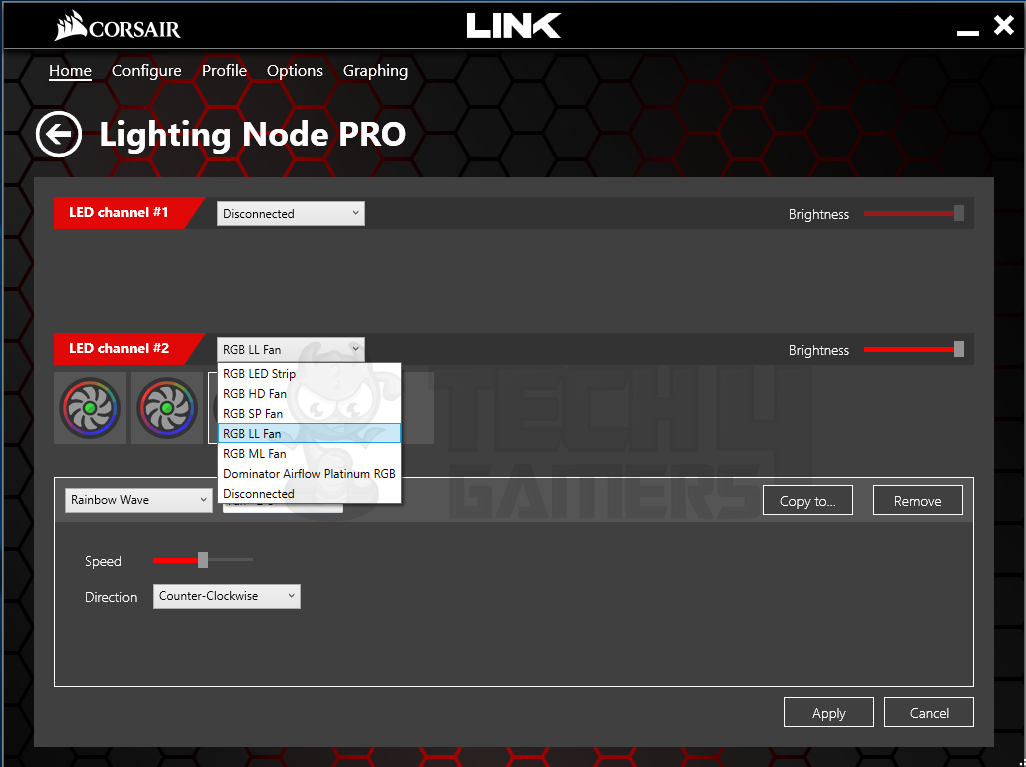
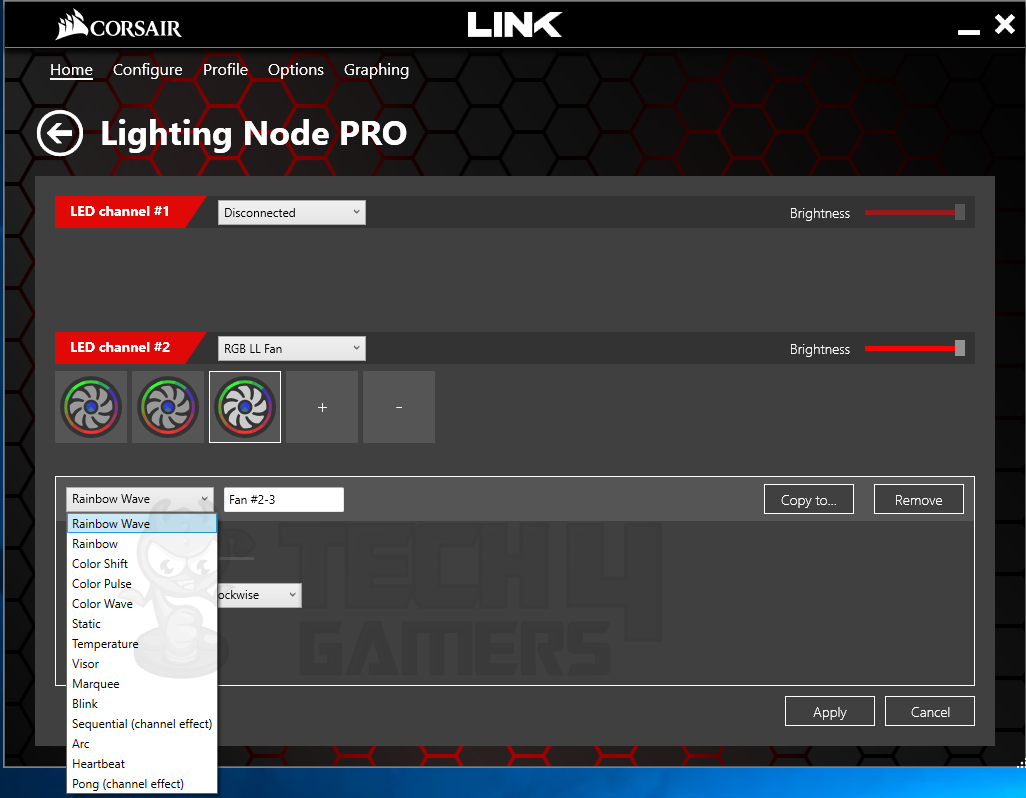
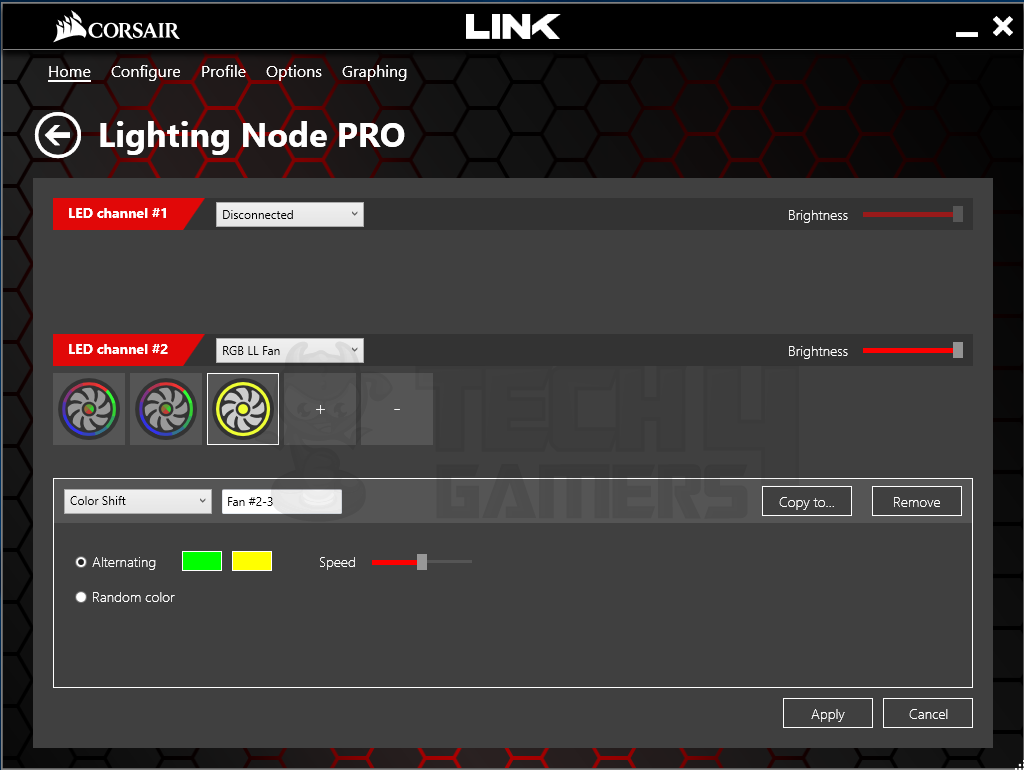
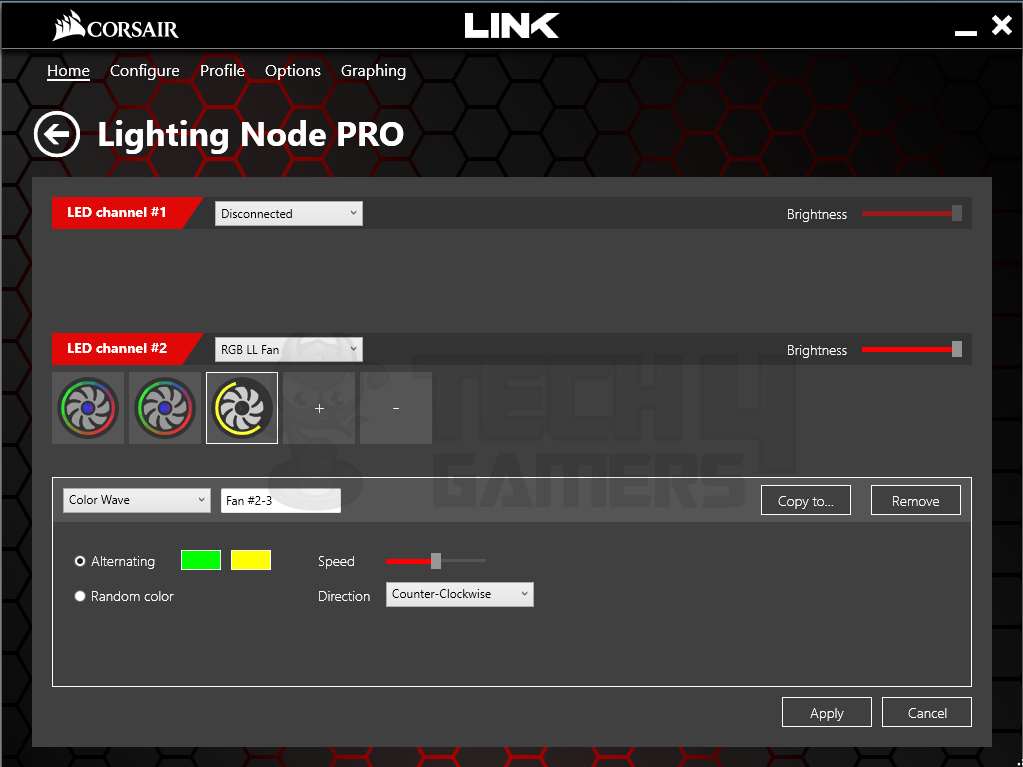
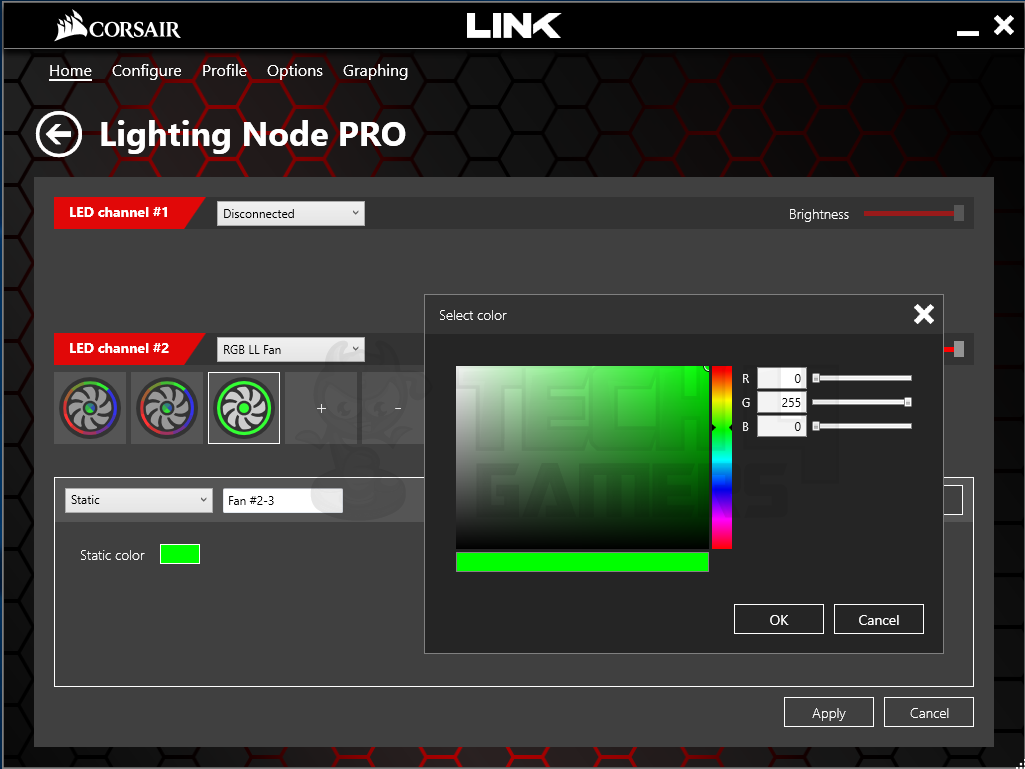
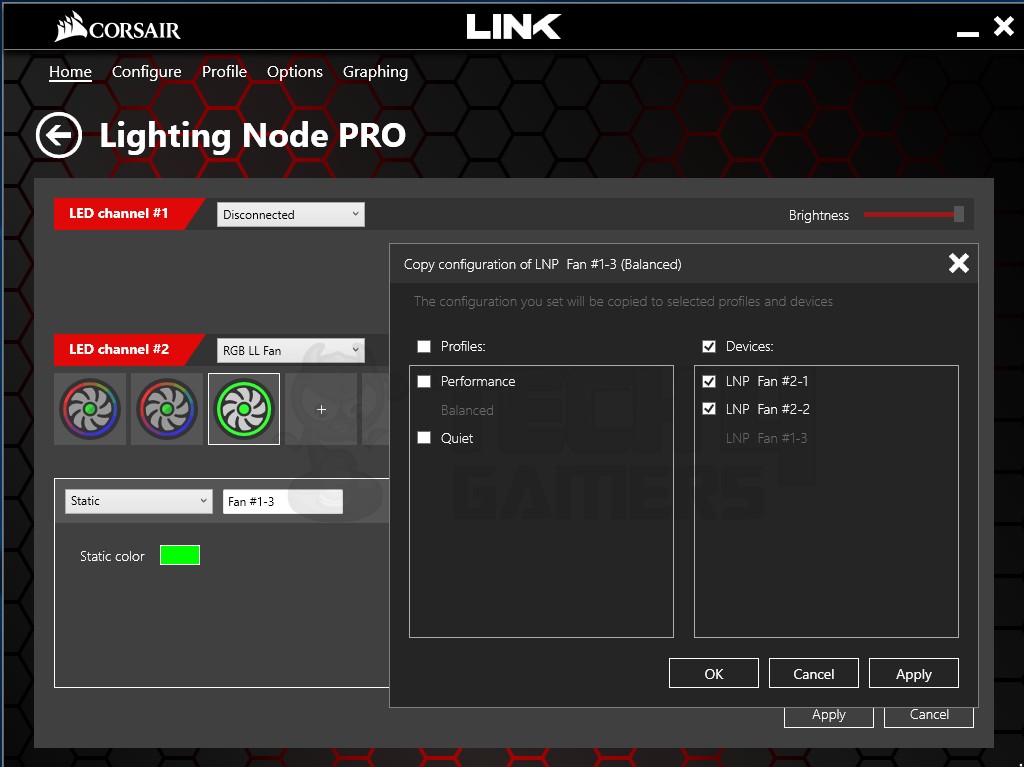
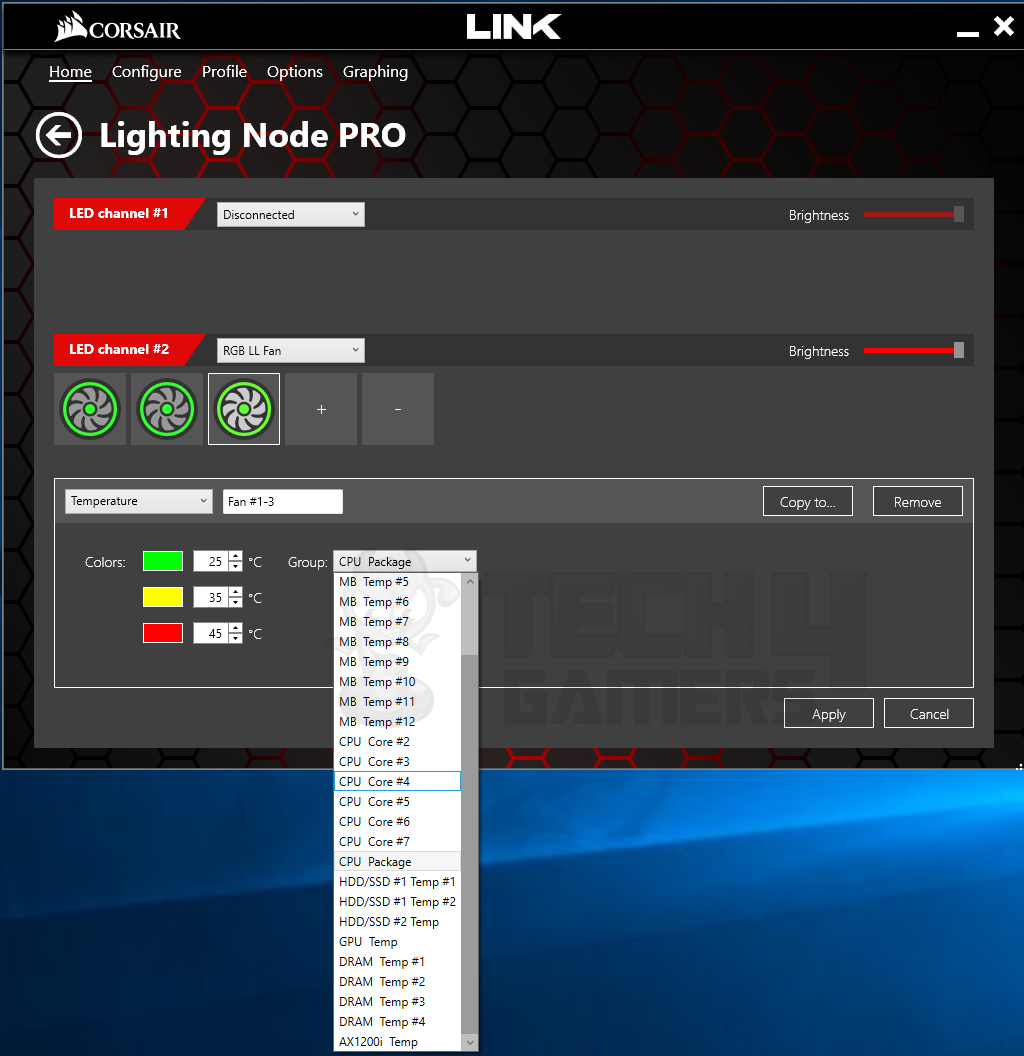
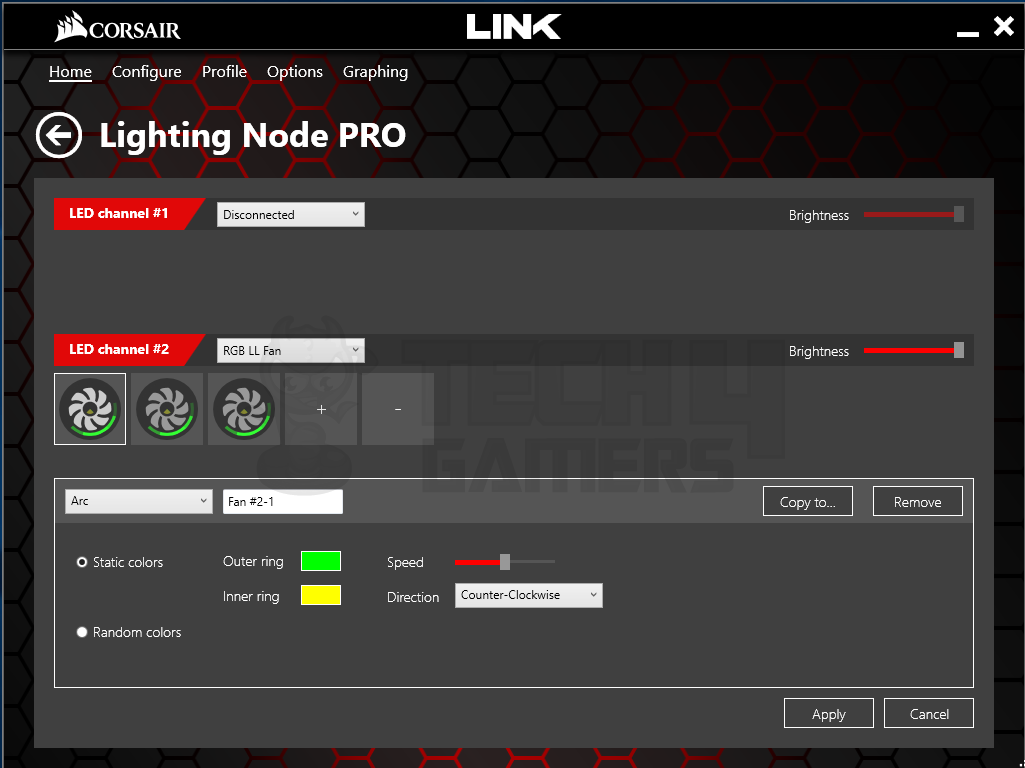
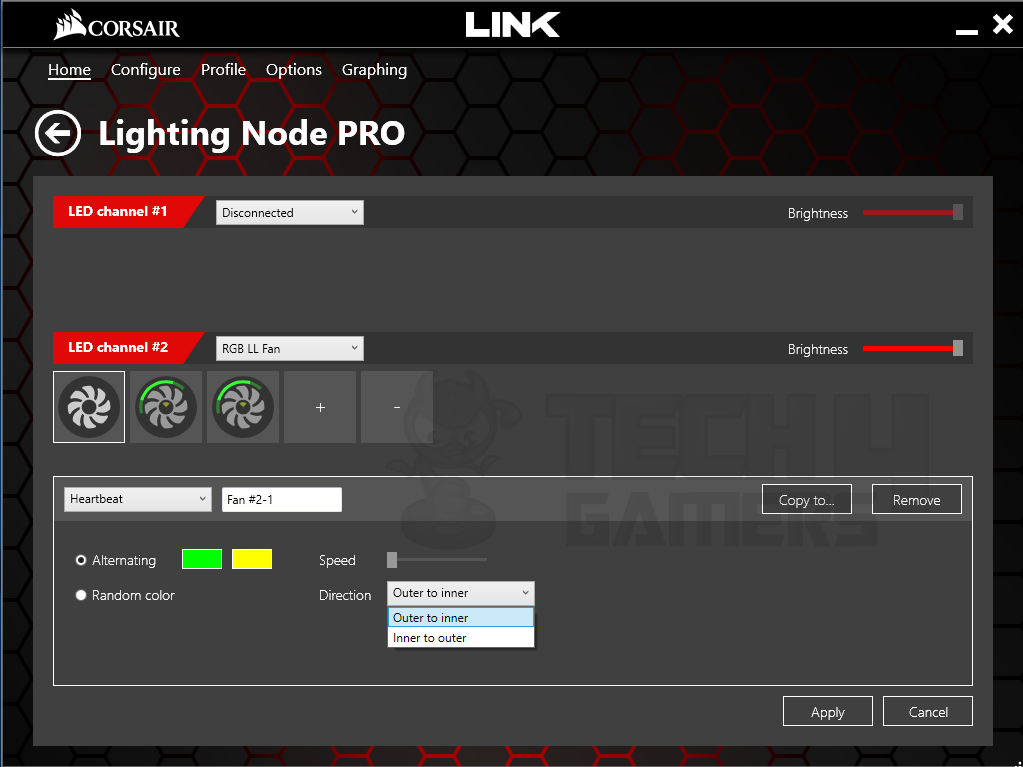
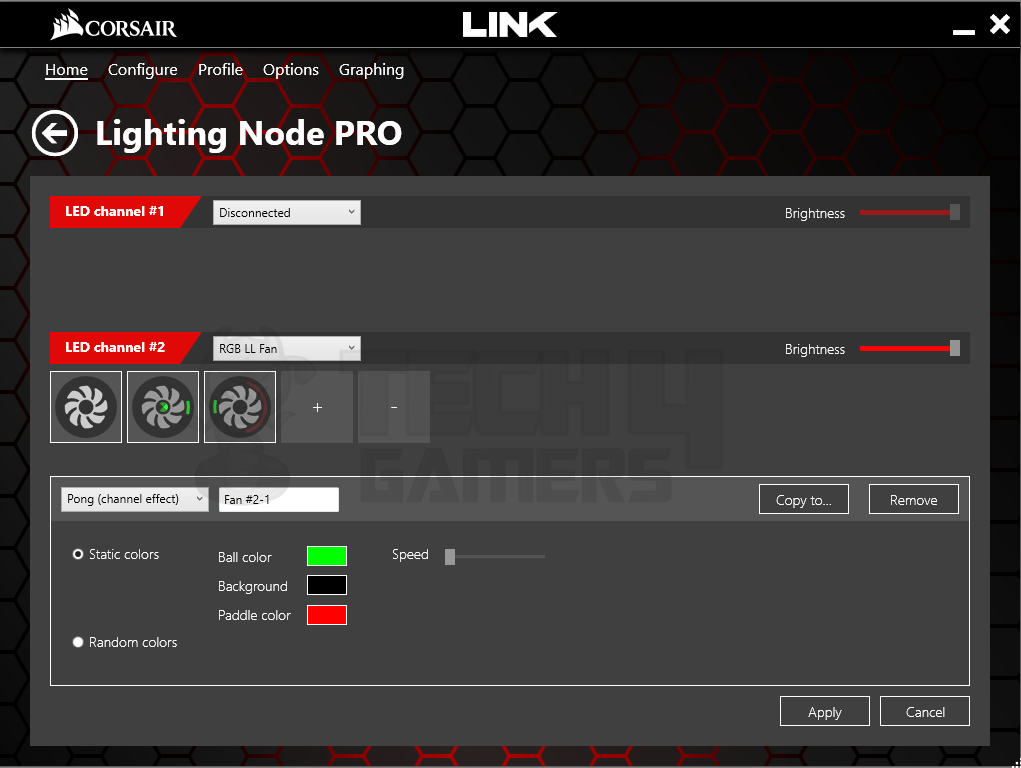
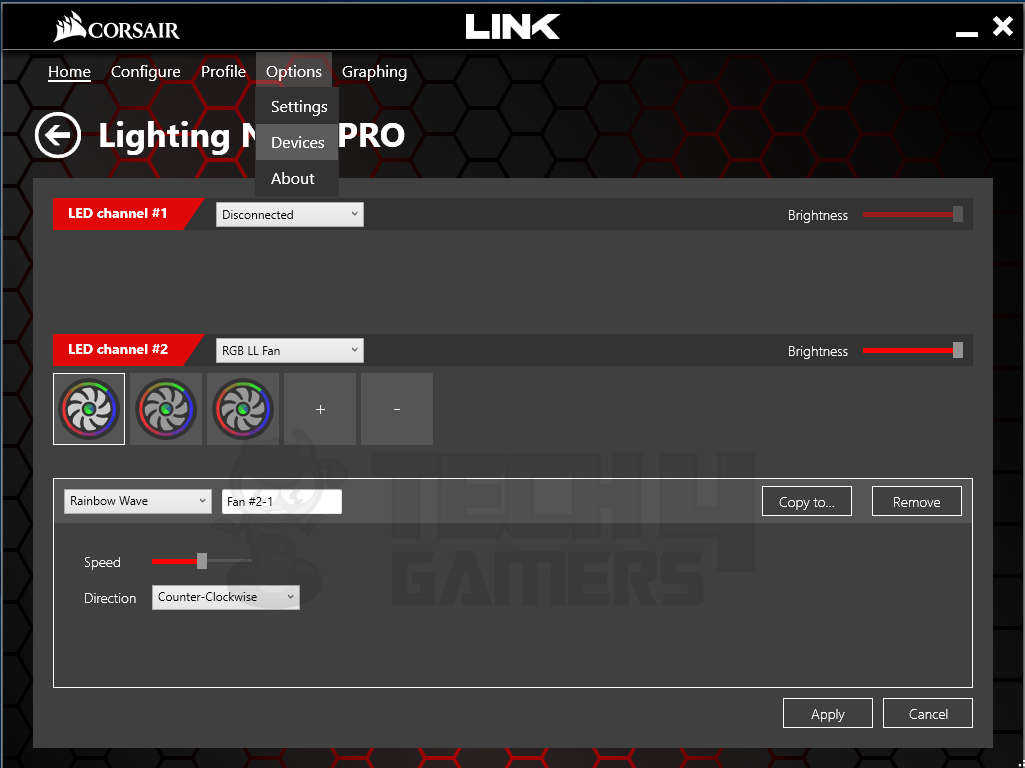
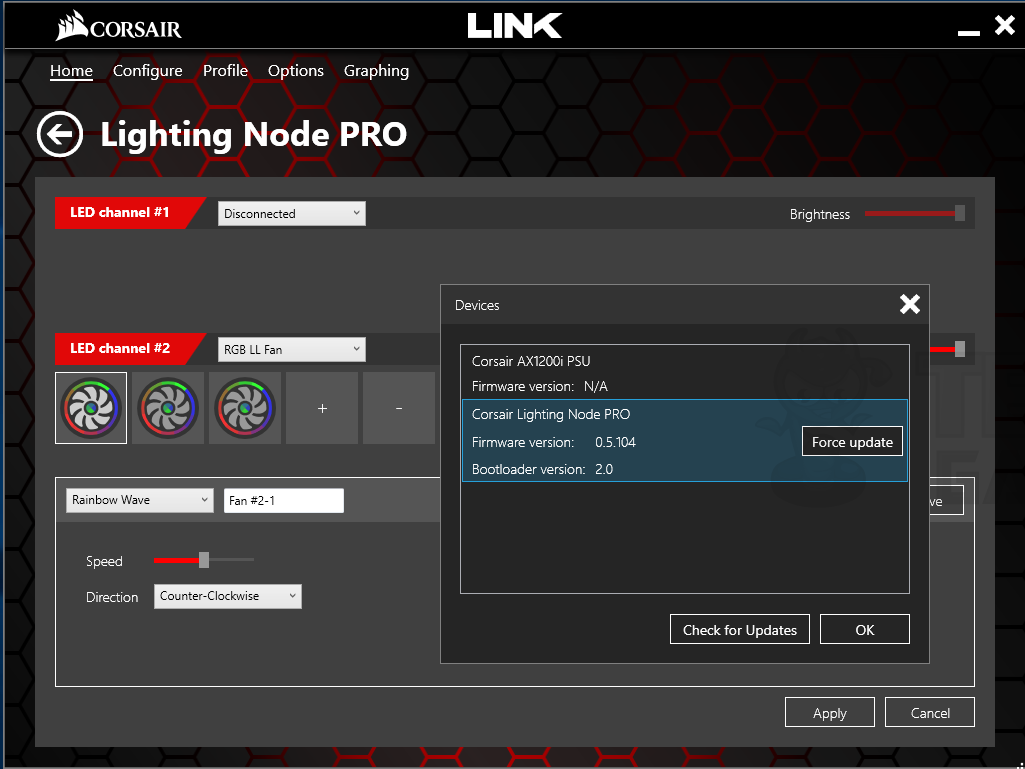

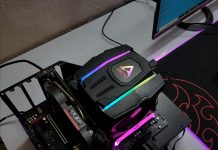
![Best CPU Coolers For i9-14900KF [Budget, Performance, Tested] Best CPU Cooler For i9-14900KF](https://tech4gamers.com/wp-content/uploads/2023/10/Best-CPU-Cooler-For-i9-14900KF-218x150.jpg)
![Best CPU Coolers For i7-14700KF [Hands-On Tested] Best CPU Cooler For i7-14700KF](https://tech4gamers.com/wp-content/uploads/2023/10/Best-CPU-Cooler-For-i7-14700KF-218x150.jpg)
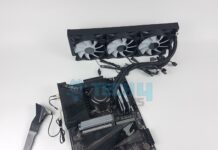
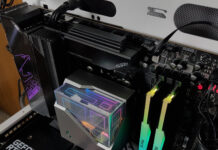
![Noctua NH-L9i chromax.black Review [2023 Updated] Noctua NH-L9i](https://tech4gamers.com/wp-content/uploads/2022/04/NOCTUA-NH-L9I-22-218x150.jpg)
![Arctic Freezer 34 – Yellow CPU Cooler Review [Updated 2023] arctic freezer 34 review](https://tech4gamers.com/wp-content/uploads/2020/02/arctic-freezer-34-review-218x150.jpg)
![Noctua NH L12S Review [2023 Updated] noctua nh l12s review](https://tech4gamers.com/wp-content/uploads/2018/04/noctua-nh-l12s-review-218x150.jpg)
